|
This article contains Amazon.com and Bookshop.org affiliate links. If you purchase anything from these links, The Food Historian will receive a small commission. No Useless Mouth: Waging War and Fighting Hunger in the American Revolution, Rachel B. Herrmann. Cornell University Press, 2019. 308 pp., $27.95, paperback, ISBN 978-1501716119. This may be the longest I have ever taken to write a book review. I first received this book and the invitation to review it for the Hudson Valley Review in the fall of 2021. As many of you know, 2022 was a rough year for me, for many reasons, but I finally turned in the review in February of 2023. A few days ago, I received my copy of the Review and now that my book review is in print, I feel I can share it here! This edition of the Review is great, with several excellent articles and other book reviews, so if you manage to find a copy, please check it out! Back issues are often posted digitally. Without further ado, the review: In the historiography of the American Revolution, one can be forgiven for thinking every possible topic has been covered. But Rachel B. Herrmann’s new book No Useless Mouth: Waging War and Fighting Hunger in the American Revolution brings new nuance to the period. In it, Herrmann argues that food played a decisive role in the shifting power dynamics between White Europeans, Indigenous Americans, and enslaved and free Africans and people of African descent. She looks at the American Revolution through an international lens, covering from 1775 in the various colonies through to the dawning of the 19th century in Sierra Leone. The book is divided into eight chapters and three parts. Part I, “Power Rising,” introduces us to the ideas of “food diplomacy,” “victual warfare,” and “victual imperialism” within the context of the American Revolution. Contrasting the roles of the Iroquois Confederacy in the north and the Creeks and Cherokees in the South, Herrmann brings additional support to the idea that U.S. treaties with Indigenous groups should join the pantheon of diplomacy history, while centering food and food diplomacy within the context of those treaties. She also addresses how Indian Affairs agents communicated with various Indigenous groups – with varying success. Part II, “Power in Flux,” addresses the roles of people of African descent in the American Revolution, focusing primarily on Black Loyalists as they gained freedom through Dunmore’s Proclamation and the Philipsburg Proclamation. Black Loyalists fought on behalf of the British as soldiers, spies, and foraging groups, and escaped post-war to Nova Scotia with White Loyalists. Part III, “Power Waning,” summarizes what happened to Indigenous and Black groups post-war, focusing on the nascent U.S. imperialism of Indian policy and assimilation and the role food and agriculture played in attempts to control Native populations. It also argues that Black Loyalists adopted the imperialism of their British compatriots in attempts to control food in Sierra Leone, ultimately losing their power to White colonists. Part III also includes Herrmann’s conclusion chapter. No Useless Mouth is most useful to scholars of the American Revolution, providing good references to food diplomacy while also highlighting under-studied groups like Native Americans and Black Loyalists. However, lay readers may find the text difficult to process. Herrmann often makes references to groups and events with little to no context, assuming her readers are as knowledgeable as she. In addition, the author appears to conflate Indigenous groups with one another, making generalizations about food consumption patterns and agricultural practices without the context of cultural differences. In focusing on the Iroquois Confederacy and the Creeks/Cherokee, Herrmann also ignores other Native groups, despite sometimes using evidence from other Indigenous nations to support her arguments. For instance, when discussing postwar assimilation practices with the Iroquois in the north and the Creeks and Cherokee in the south (often jumping from one to another in quick succession), she cites Hendrick Aupaumut’s advice to Europeans for dealing successfully with Indigenous groups. But she fails to note that Aupaumut was neither Iroquois, Creek, nor Cherokee, but was in fact Stockbridge Mohican. The Stockbridge Mohicans were a group from Stockbridge, Massachusetts that was already Christianized prior to the outbreak of the American Revolution. They fought on the Patriot side of the war, with disastrous consequences to the Stockbridge Munsee population, and ultimately lost their lands to the people they fought to defend. Without knowledge of this nuance, readers would accept the author’s evidence at face-value. Herrmann’s strongest chapters are on the Black Loyalists, and her research into the role of food control in both Nova Scotia and Sierra Leone is groundbreaking, but even those chapters have a few curious omissions. In discussing Lord Dunmore’s Proclamation, which was issued in 1775 in Virginia and targeted enslaved people held in bondage by rebels, freeing those who were willing to join the British Army. The chapter then focuses primarily on the roles of enslaved people from the American South. But Herrmann also mentions briefly the Philipsburg Proclamation, issued in 1779 in Westchester County, NY, which freed all people held in bondage by rebel enslavers who could make it to British lines. That proclamation arguably had a much larger impact on the Black Loyalist population, as it also included women, children, and those above military age, thousands of whom streamed into New York City, the primary point of evacuation to Nova Scotia. And yet, Herrmann does not mention at all enslaved people in New York and New Jersey, where slavery was still very active throughout the American Revolution and well into the 19th century. In the chapter on Nova Scotia, Herrmann also mentions that White Loyalists brought enslaved people with them, still held in bondage. Neither Dunmore’s nor the Philipsburg proclamations freed people held in bondage by Loyalists, and yet they get only a brief mention. Her chapters on Indigenous-European relations are extremely useful for other historians researching the period, but would have been improved with additional context on land use in relation to food. Herrmann often references famine, food diplomacy, and victual warfare in these chapters, without addressing the impact of land grabs and disease on the ability of Indigenous groups to feed themselves. She references, but does not fully address the need of European settlers to expand settlement into Indian Country as a motivating factor in war and postwar diplomacy. Finally, while the focus of the book is specifically on the roles of Indigenous and Black groups in the context of food and warfare, the omission of victual warfare by British and American troops and militias, especially in “foraging” and destroying foodstuffs of White civilian populations throughout the colonies seems like a missed opportunity to compare and contrast with policies and long-term impacts of victual warfare toward Indigenous groups. In all, this book is a worthy addition to the bookshelves of serious scholars of the American Revolution, especially those interested in Indigenous and Black history of this time period, but it also leaves room for future scholars to examine more closely the issues Herrmann raises. No Useless Mouth: Waging War and Fighting Hunger in the American Revolution, Rachel B. Herrmann. Cornell University Press, 2019. 308 pp., $27.95, paperback, ISBN 978-1501716119. The Food Historian blog is supported by patrons on Patreon! Patrons help keep blog posts like this one free and available to the public. Join us for awesome members-only content like free digitized cookbooks from my personal collection, e-newsletter, and even snail mail from time to time! Don't like Patreon? Leave a tip!
0 Comments
In the United States, the terms "hot chocolate" and "hot cocoa" are used pretty interchangeably, but they aren't quite the same thing! Hot ChocolateHot chocolate is a truly ancient drink, dating back as many as 3000 years. Developed by ancient Indigenous people in Mesoamerica, the cacao bean was used by the Olmecs and drinking chocolate perfected by the Maya and Aztecs. A mixture of ground roasted cacao beans, spices, including chili peppers and vanilla, sometimes sweetened with honey, and often containing other ingredients, including ground maize and cochineal to color it red, early drinking chocolate was frothed into a foam and consumed as part of religious ceremonies. In the late 16th century, Spanish invaders had brought cocoa beans - and drinking chocolate - back to Spain, where it quickly spread throughout aristocratic Europe. It came to colonial America via Europe in the late 17th century, where cocoa processors started importing direct from Central America and the Caribbean. Hot chocolate became a fashionable breakfast beverage. But how was it made? Processed cocoa beans were fermented in the pulp, then dried, then roasted. Chopped into nibs, they were then stone ground to create a chocolate paste. Mixed with sugar, hot water, and spices, the bitter drink was served with cream and sugar, much like coffee or tea. By the 18th century, cakes of processed chocolate were being produced for transformation into drinking chocolate. In the mid-19th century, cocoa butter and sugar were added to the cacao and through conching and tempering, eating chocolate developed. By the Victorian period, hot chocolate had transformed from a popular adult beverage on par with coffee and tea, to the purview of children. Hot CocoaPart of the shift from breakfast beverage of aristocrats to children's treat had to do with the fact that both cacao and sugar were increasing in production and therefore dropping in price throughout the 19th century. Cocoa production expanded to other equatorial areas besides Mesoamerica and sugar, fueled by slavery and technological advances, also increased in production. The development of cocoa powder in the 1820s helped expand access to chocolate. Cocoa powder is created by melting or pressing the cocoa butter out of the nibs, then drying and grinding the defatted cocoa beans. Lighter weight, more shelf stable, and easier to blend into beverages than drinking chocolate, cocoa powder became the main ingredient in hot cocoa recipes. Most cocoa powder was natural process, like Hershey's, meaning that it was dried and ground after the Broma process of defatting. But some cocoa powders (like Fry's) were Dutched, or created using the Dutch process, which meant that the defatted cocoa nibs were immersed in an alkaline solution to help neutralize some of their natural acidity before being dried and ground. Natural cocoa is reddish brown in color - Dutch process color is a dark grayish brown. So there you have it! The difference between hot chocolate and hot cocoa is that one is made from melted cocoa, usually 100% cacao unsweetened chocolate, and hot cocoa is made from a mixture of cocoa powder and sugar, often cooked into a syrup. But how do you know which one you prefer? Hot chocolate or hot cocoa? Try these historic recipes and find out! Baker's Hot Chocolate Recipe (1936)I made this recipe as part of a talk on hot chocolate history, and while not very sweet, it is very rich and chocolatey. If you are a chocoholic, this is the recipe for you. Please note that you'll need Baker's Unsweetened 100% Cacao Chocolate, and that these days 2 squares is really 2 ounces, or 8 quarter ounce rectangles. 2 squares Baker's Unsweetened Chocolate 1 cup water 3 tablespoons sugar dash of salt 3 cups milk Add chocolate to water in top of double boiler and place over low flame, stirring until chocolate is melted and blended. Add sugar and salt and boil [over direct heat] 4 minutes, stirring constantly [this will boil off most of the water and make a thick syrupy chocolate]. Place over boiling water, add milk gradually, stirring constantly; then heat. Just before serving, beat with rotary egg beater until light and frothy. Serves 6. Hershey's Single Serve Hot Cocoa Recipe (1937)For each cup, use one heaping teaspoonful HERSHEY'S COCOA and one teaspoonful sugar [I used a heaping spoonful, which it needed]. Mix dry and add four tablespoons hot water to make a paste. Heat to boiling point and add one cupful milk and again bring to boiling point. DO NOT BOIL. You can use either natural process or Dutch process cocoa for this one. It is not as thick and rich as the Baker's hot chocolate, but it does have that familiar cocoa taste from childhood and is still quite good. You can always change these recipes to suit your tastes with more sugar or with half and half or part cream, instead of all milk. Top with whipped cream, marshmallows, or try your hand at Indigenous-inspired spices like chili powder, cinnamon, vanilla, etc. You can also substitute almond milk (the most historical substitution, since almond milk was known in 16th century Europe), or any other non-dairy milk. Which do you prefer, hot chocolate or hot cocoa? And how do you like yours prepared? I like mine extra-creamy with whipped cream. Maybe a little peppermint or salted caramel syrup if I'm feeling extra-indulgent. Share your perfect cup in the comments! These recipes are part of a talk with cooking demonstration on the history of hot chocolate I do for public events. For upcoming programs, visit my Event page. The Food Historian blog is supported by patrons on Patreon! Join us for awesome members-only content like free digitized cookbooks from my personal collection, e-newsletter, and even snail mail from time to time!
Thanks to everyone who joined us for Episode 24 of the Food History Happy Hour! In this episode we made eggnog and talked about all things Christmas, including Medieval beverages, the origins of fruitcake, plum pudding, and mincemeat. Full list of historic Christmas beverages below, and here's a little more history on the Eggnog Riot of 1826 at West Point! We also talked briefly about Charles Dickens (hence the Fezziwig image!) and the 2017 movie "The Man Who Invented Christmas," which I recommend!
(Apologies for the fuzzy audio - not sure what happened!)
A LOT of historic recipes for eggnog call for party-sized portions. But there are lots of single-serve versions in vintage bartender's guides through the ages. I thought we would use this one, Practical Bar Management, by Eddie Clark, published in 1954, which, co-incidentally, is also the same year the movie White Christmas came out. If you'd like to catch up with the menu I put together to go along with White Christmas, you can see all the blog posts and recipes here.
Eggnog (1954)
As you can tell, this recipe isn't exactly exact! Not even the spelling. Here's the original text:
"This drink can be made with either Brandy, Whisky, Rum, Gin, Sherry, or Port. "Pour into the shaker: 1 measure of the desired spirit or 1 wine glass of the chosen wine. Add the contents of 1 egg, 1 tablespoonful of sugar, 1/2 tumbler fresh milk. "Shake extra well and strain into a tall tumbler glass. Grate a little nutmeg on the drink before serving." Here's my adaptation, which I shook over ice to make it cold, which I think watered things down a smidge. Still very good. 1 jigger spiced rum 1 pony bourbon 1 large egg, well-washed 1/2 cup whole milk 1 tablespoon sugar Shake very well until cold and frothy. Grate some fresh nutmeg on top and serve cold. I am not generally a fan of prepared eggnog you can buy in stores. It's usually thickened with carageenan, VERY sweet, and very strongly flavored. This homemade version was much nicer - not as thick (although you could use half and half or light cream instead of milk for a richer product and skip the ice), not nearly as sweet, and although the alcohol was very forward (you could cut back a bit if you want), it was quite nice - creamy with a frothy head and didn't taste much like eggs at all, surprisingly. I'm a fan! Holiday Beverage Glossary
A LOT of different holiday beverages came up in the comments, so I thought I'd list a few with approximate ages and places of origin.
So what do you think? Did I miss any historic holiday beverages? At our house, we always serve an 18th century punch called Second Horse Punch. Which, like most Christmas classics, needs to be made in advance! Do you have any special or traditional holiday beverages? Share in the comments!
Food History Happy Hour and the Food Historian blog are supported by patrons on Patreon! Join us for awesome members-only content like free digitized cookbooks from my personal collection, e-newsletter, and even snail mail from time to time!
Think about the story of Thanksgiving you grew up with - Pilgrims in black clothes and funny hats and white aprons and shoes with big buckles sitting down to a Thanksgiving dinner with "the Indians," celebrating peace and harmony and the harvest. Maybe you made a construction paper turkey by tracing your hand. Maybe your teacher made Pilgrim hats and bonnets and "Indian headdresses." The focus was on the food and American exceptionalism. The real story is much, much different. "The First Thanksgiving," in 1621 was preceded and followed by violence. Indigenous voices and the role of the Wampanoag people in literally saving the lives of the English separatists (they didn't call themselves "Pilgrims") have been purposefully erased. The legacy of Indigenous foods - cultivated and created by Indigenous people - has also been largely erased from our cultural lexicon. So what can we do about it? This year, you can decolonize your Thanksgiving by learning the real history behind it and familiarizing yourself with the various Indigenous nations in your own backyard and who played an important role in American history. Today's blog post is essentially going to be a giant collection of articles to read and films to watch. I hope you take the time this weekend to read or watch a few with your family or friends and discuss (especially with your kids) the real story behind the myth. Mythbusting the First Thanksgiving What Really Happened at the 1st Thanksgiving from Voice of America What you learned about the ‘first Thanksgiving’ isn’t true. Here’s the real story - from USA Today via the Cape Cod Times The Real History Of The First Thanksgiving That You Didn’t Learn In School from All That Interesting Everything You Learned About Thanksgiving Is Wrong from the New York Times The Real History Of Thanksgiving Isn't The One You Learned In School—Here's How To Celebrate Smarter from Delish The Myths of the Thanksgiving Story and the Lasting Damage They Imbue from Smithsonian Magazine The true story behind Thanksgiving is a bloody one, and some people say it's time to cancel the holiday from Insider The Thanksgiving Myth Gets a Deeper Look This Year from the New York Times Meet the WampanoagMashpee Wampanoag Tribe The Mashpee Wampanoag Tribe, also known as the People of the First Light, has inhabited present day Massachusetts and Eastern Rhode Island for more than 12,000 years. After an arduous process lasting more than three decades, the Mashpee Wampanoag were re-acknowledged as a federally recognized tribe in 2007. In 2015, the federal government declared 150 acres of land in Mashpee and 170 acres of land in Taunton as the Tribe’s initial reservation, on which the Tribe can exercise its full tribal sovereignty rights. The Mashpee tribe currently has approximately 2,600 enrolled citizens. Learn more >>> Wampanoag History from the Wampanoag Nation 400 Years After the ‘First Thanksgiving,’ the Tribe That Fed the Pilgrims Continues to Fight for Its Land Amid Another Epidemic from Time Magazine In 1621, the Wampanoag Tribe Had Its Own Agenda from The Atlantic “OUR” STORY: 400 Years of Wampanoag History an online exhibit with short documentary films from Plymouth 400. U.S. Appeals Ruling In Mashpee Wampanoag Land Case from WBUR and the Cape Cod Times. Although the Mashpee Wampanoag won their case against the Department of the Interior, which had revoked their federal recognition, the US government is currently appealing that ruling. Hopefully that appeal process will cease in 2021. National Day of MourningThe National Day of Mourning was organized in 1970 in response to a specific event of the suppression of history. This is the 50th anniversary of that event. Here's some background on what led to the creation of the National Day of Mourning from the United American Indians of New England: "In 1970, United American Indians of New England declared US Thanksgiving Day a National Day of Mourning. This came about as a result of the suppression of the truth. Wamsutta, an Aquinnah Wampanoag man, had been asked to speak at a fancy Commonwealth of Massachusetts banquet celebrating the 350th anniversary of the landing of the Pilgrims. He agreed. The organizers of the dinner, using as a pretext the need to prepare a press release, asked for a copy of the speech he planned to deliver. He agreed. Within days Wamsutta was told by a representative of the Department of Commerce and Development that he would not be allowed to give the speech. The reason given was due to the fact that, "...the theme of the anniversary celebration is brotherhood and anything inflammatory would have been out of place." What they were really saying was that in this society, the truth is out of place. "What was it about the speech that got those officials so upset? Wamsutta used as a basis for his remarks one of their own history books - a Pilgrim's account of their first year on Indian land. The book tells of the opening of my ancestor's graves, taking our wheat and bean supplies, and of the selling of my ancestors as slaves for 220 shillings each. Wamsutta was going to tell the truth, but the truth was out of place. "Here is the truth: "The reason they talk about the pilgrims and not an earlier English-speaking colony, Jamestown, is that in Jamestown the circumstances were way too ugly to hold up as an effective national myth. For example, the white settlers in Jamestown turned to cannibalism to survive. Not a very nice story to tell the kids in school. The pilgrims did not find an empty land any more than Columbus "discovered" anything. Every inch of this land is Indian land. The pilgrims (who did not even call themselves pilgrims) did not come here seeking religious freedom; they already had that in Holland. They came here as part of a commercial venture. They introduced sexism, racism, anti-lesbian and gay bigotry, jails, and the class system to these shores. One of the very first things they did when they arrived on Cape Cod -- before they even made it to Plymouth -- was to rob Wampanoag graves at Corn Hill and steal as much of the Indians' winter provisions as they were able to carry. They were no better than any other group of Europeans when it came to their treatment of the Indigenous peoples here. And no, they did not even land at that sacred shrine down the hill called Plymouth Rock, a monument to racism and oppression which we are proud to say we buried in 1995. "The first official "Day of Thanksgiving" was proclaimed in 1637 by Governor Winthrop. He did so to celebrate the safe return of men from Massachusetts who had gone to Mystic, Connecticut to participate in the massacre of over 700 Pequot women, children, and men. "About the only true thing in the whole mythology is that these pitiful European strangers would not have survived their first several years in "New England" were it not for the aid of Wampanoag people. What Native people got in return for this help was genocide, theft of our lands, and never-ending repression. "But back in 1970, the organizers of the fancy state dinner told Wamsutta he could not speak that truth. They would let him speak only if he agreed to deliver a speech that they would provide. Wamsutta refused to have words put into his mouth. Instead of speaking at the dinner, he and many hundreds of other Native people and our supporters from throughout the Americas gathered in Plymouth and observed the first National Day of Mourning. United American Indians of New England have returned to Plymouth every year since to demonstrate against the Pilgrim mythology. "On that first Day of Mourning back in 1970, Plymouth Rock was buried not once, but twice. The Mayflower was boarded and the Union Jack was torn from the mast and replaced with the flag that had flown over liberated Alcatraz Island. The roots of National Day of Mourning have always been firmly embedded in the soil of militant protest." You can learn more about the United American Indians of New England and their mission and watch a livestream of their National Day of Mourning program live from Plymouth here: http://www.uaine.org/ Not all Native Americans celebrate Thanksgiving. Find out why. from the Cape Cod Times. For Native Peoples, Thanksgiving Isn't A Celebration. It's A National Day Of Mourning from WBUR 400 Years After First Thanksgiving, Native Americans Honor 'Day of Mourning' Instead from Newsweek Indigenous Foods & Thanksgiving DinnerYou may recall my catalog of Indigenous foods a few weeks ago. The global impact of Indigenous agriculturalists is a staggering and often overlooked or ignored part of our history. Here are some books, films, and articles you can read to learn more about the impact of Indigenous food on our diet and the struggles of Indigenous chefs and historians to reclaim their food sovereignty. Indigenous Chefs On Traditional Cooking And Their Complicated Relationship With Thanksgiving from Delish Native Americans want to decolonize Thanksgiving with native foods and a proper history lesson KIRO radio Sean Sherman, The Sioux Chef: ‘This Is The Year To Rethink Thanksgiving’ from the Huffington Post This Thanksgiving, Make These Native Recipes From Indigenous Chefs from the Huffington Post 3 Indigenous Chefs Talk About What Thanksgiving Means to Them from Bon Appetit This Thanksgiving, try these recipes for local Native American foods from Kansas City Magazine How to Decolonize Your Thanksgiving Dinner by Vice “We are still alive”: How Native communities grapple with Thanksgiving’s colonial legacy from The Counter Films to Watch this ThanksgivingI cannot recommend the film Gather enough. You can rent it on Vimeo, Amazon Prime, or check their website for free screenings. It's stunningly filmed, it portrays a huge variety of Indigenous voices and stories, and it tells an amazing story of the effort of Indigenous people to reclaim their food sovereignty. Sean Sherman, also known as the Sioux Chef, has done a lot to bring national attention to Indigenous foodways. He's written a book and you can learn more about him on his website. Andi Murphy is the host of the Toasted Sister Podcast: Radio about Native American Food. Well folks if I want to get this done before midnight on Thanksgiving I have to stop, but stay tuned for another post on Indigenous Food Historians You Should Know, which I hope to get up soon. Featuring all kinds of amazing people, stories, books, and even more documentary films. I hope this collection of resources has helped you re-learn your American history and decolonize your Thanksgiving this and every year. As always, The Food Historian blog is supported by patrons on Patreon! Join us for awesome members-only content like free digitized cookbooks from my personal collection, e-newsletter, and even snail mail from time to time!
Here we are, five days later, and we finally have an election result. I made this cake on election day because I didn't have yeast for "real" election cake (more on that below), I had a bunch of homegrown Liberty apples to use up, and felt like making a layer cake with my new cake pans (somehow I lost one of my old pair of cake pans?). I had made this Virginian Apple Cake before, but it didn't turn out too great. So I tried again and did some tweaking and this time it turned out WONDERFULLY. It's now officially Virginia Apple Pecan Cake, in my book. Virginia Apple Pecan CakeThis recipe is from the community cookbook, Virginia Hospitality, first published in 1976 for the Bicentennial, but my copy is the ninth printing, from 1984. It's a fascinating little recipe - the only liquid comes from the eggs and softened butter and the apples themselves. The batter is VERY thick, but bakes up beautifully - a light and somewhat fragile texture - essentially just apples and nuts held loosely together by a light spiced batter. Here's the original recipe: The original recipe reads: 2 cups flour 2 cups sugar 2 teaspoons baking soda 1 teaspoon cinnamon 1/2 teaspoon nutmeg 1/2 teaspoon salt 4 cups apples, peeled & finely diced 1/2 cup walnuts, chopped 1/2 cup butter, softened 2 eggs, slightly beaten Preheat oven to 325. Grease a 9 x 13 baking pan. Sift dry ingredients into a bowl. Add remaining ingredients and beat until JUST combined. Batter will be thick. Spread evenly in pan. Cook for 1 hour or until done. "Delicious when served warm topped with ice cream or whipped cream." It certainly is perfectly lovely as a plain sheet cake, but I wanted something a little different, so I made some changes not only to the style but the recipe itself. Here's my recipe: 2 cups flour (I used 1 cup all-purpose, 1 cup whole grain rye) 1 1/2 cups sugar 2 teaspoons baking soda 1 teaspoon cinnamon 1/2 teaspoon freshly grated nutmeg (or thereabouts) 1/2 teaspoon salt at least 4 cups apples, finely diced 1 cup chopped pecans 1/2 cup butter, softened 2 eggs, slightly beaten Preheat oven to 325 F and grease two 9 inch round cake pans. Add all dry ingredients to a large bowl and whisk to combine. Add chopped pecans and whisk to combine. Take 4-6 freshly washed Liberty apples (they will be small) - slice into thin slices and then cut crosswise to make fine dice. You can leave the skin on. Fill at least 4 cups of apples and add to dry ingredients, then cut up the rest of the apple you were slicing and add to the bowl. In a small separate bowl, melt the stick of butter slightly in the microwave (10-20 seconds) and add to the big bowl. Add 2 eggs and with a wooden spoon combine all, stirring and folding until no loose flour is left. Divide into two pans and bake 45-60 minutes or until the cake springs back in the center to the touch. Cool on a rack. Salted Caramel (or Maple) Buttercream FrostingI happened to have some Monin Salted Caramel Syrup laying around the house, but if I make this again I'll probably use maple syrup and some salt. The salty-sweet frosting makes a nice (but rich) contrast to the not-as-sweet cake. 1 stick salted butter, softened 2 tablespoons to 1/4 cup syrup powdered sugar salt With a fork, beat the syrup into the softened butter. Add enough powdered sugar to make a thick frosting. Taste and add salt a few grains at a time, tasting between each addition. When the cakes are cool, frost one layer, then top with the other, and frost the top. This won't be enough to frost the whole cake, just the layers. Sprinkle more chopped pecans on top for decoration. A Brief History of Election CakeElection Cake is a democratic tradition that dates back to the earliest days of our Republic, even before we were officially our own country. Puritans in New England celebrated it in the 17th century, but was important throughout the 18th and 19th centuries. Election Day was once held in the spring, but in 1845 Election Day was codified to be held on the first Tuesday after the first Monday in November. Back when only propertied free white men were allowed to vote, election cake was nonetheless part of community celebrations around election day. and the similar Muster Day, a celebration from the Muster Act of 1792, which called every able-bodied man aged 18 to 45 to muster for the local militia. Generally held in September and largely in effect until after the Civil War, Muster Day often required the bribe of alcohol, and communities would often have county-fair type celebrations as well. Like Muster Day, Election Day was a community affair, and that necessitated some publicly accessible food. Election Cake is in the tradition of Medieval English great cakes - expensive and enormous confections of fine flour, sugar, expensive imported dried fruits, spices, and nuts and soaked with wine or alcohol. The New England tradition was nearly identical, only the ingredients were much less expensive by that point. Like many old-fashioned cakes, Election cake is not leavened with baking soda or baking powder - it's leavened with yeast, generally homemade yeast like potato yeast. And because it is meant to serve a crowd, the proportions are enormous. The flour and sugar are measured in pounds, as many as a dozen. The generally accepted first published recipe of Hartford Election Cake comes from Amelia Simmons' American Cookery, first published in 1796 in Hartford, CT (another run was printed in Albany, NY also in 1796). Which makes me wonder if Hartford Election Cake wasn't an homage to the state in which it was published. Election Cake began to wane in popularity as the 19th century wore on, in part thanks to developments in cake baking technology, including the development of chemical leaveners like baking soda and baking powder. But in 1889, Ellen Wadsworth Johnson published a cookbook entitled, Hartford Election Cake and Other Recipes. Notable for its inclusion of ELEVEN separate recipes for Election Cake, the cookbook is nonetheless full of more conventional recipes. The title may have something to do with the fact that it was published in Hartford, Connecticut, despite the fact that it was written as a benefit for a church in New Hampshire. In her introduction, Ellen Wadsworth Johnson notes that most of the recipes come from "manuscript sources," indicating that even in 1889 it may have been a historical document. Maybe next year I'll have the time and energy to tackle a real election cake recipe, but for the meantime, Virginia Apple Pecan Cake will have to make a good substitute, and one you can eat any time of year. Did you make an election cake this year? Election Cake Resources
The Food Historian blog is supported by patrons on Patreon! Join us for awesome members-only content like free digitized cookbooks from my personal collection, e-newsletter, and even snail mail from time to time!
Today is Indigenous Peoples' Day. What, you thought it was Columbus Day? Well, for some people who don't know any better it still is, but Columbus was a pretty terrible person, driven by greed, and he didn't "discover" anything. Instead, he did things like sell 9 year old Taino girls into sex slavery, cut off children's hands if they didn't meet gold quotas, and generally committed genocide and slavery against every non-white person he met. He almost completely wiped out the Arawak-speaking peoples of the Caribbean, including the Lucayan people of the Bahamas and especially the Taino people of Hispaniola (present day Haiti and Dominican Republic). But as with most genocides, they're never 100% successful, and people throughout the Caribbean are descended from Taino people. One thing Columbus did lend his name to is a term called "The Columbian Exchange." The term was coined in the 1970s by historian Alfred W. Crosby, who studied the impacts of geography and biology on history, specifically the relationship between Europe and the rest of the world. Because Columbus was the first European to bring back many of the plants now used across the world, the exchange is named after him. Essentially, Irish potatoes, Italian tomato sauce, Swiss chocolate, Thai chilis, and a whole host of other important international foods are not actually from any of those places. They are ALL indigenous to North and South America and did not exist outside those continents prior to 1492. I'm going to catalog Indigenous American foodways in a minute, but first I want to emphasize how important it is to recognize that all of these foods are a result of Indigenous agricultural innovation. There is a tendency among many White folks to assume that these foods were just growing "wild" - and while that may be the case with some fruits, the vast majority were cultivated by Indigenous people, often in brilliant and surprising ways. And if you'd like to skip the list and go straight to figuring out where you can buy Indigenous foods and support Indigenous growers, harvesters, and producers, a good starting place is the list created by the Toasted Sister podcast. It's not comprehensive, but it's a great start. You can also check out this directory of certified American Indian Foods producers by the Intertribal Agricultural Council. You can even search by state! A small disclaimer - this is obviously not a complete list of Indigenous foods - I thought I would list the most influential foods globally and in the modern American diet. But I encourage you to use the magic of the internet to see what other foods you can find Indigenous to the area you live. And one final note - while it is important to preserve Indigenous foods and seeds, it's equally important to support the Indigenous people working to preserver them, like the Indigenous Seed Keepers Network. So while groups like Seed Savers Exchange are great, I encourage everyone to seek out Indigenous-owned and Indigenous-led companies and groups when choosing who to support. AmaranthWhere I grew up on the Northern Plains, in Lakota territory, one species amaranth is often known as "pigweed," and is considered a noxious weed by farmers. But Indigenous people know it as an important grain crop. Developed by the Aztec, amaranth was banned by the Spanish. The leaves of amaranth are also edible and some varieties are known as "callaloo," an important green vegetable for enslaved African peoples throughout the Caribbean and southern United States. If you're a gardener, "love-lies-bleeding" is a decorative variety of amaranth. There are dozens of varieties, but amaranth grains are often available for purchase from specialty stores and online. AvocadoAvocadoes, modern purview of hipsters, are actually an ancient fruit developed near Puebla, Mexico nearly 10,000 years ago (seriously, the world owes so much to Mexico in terms of agricultural innovation). The Indigenous residents of Puebla began cultivating the tree as much as 5,000 years ago. Modern-day avocadoes come in a whole host of varieties, but residents of the U.S. are most familiar with the Hass variety. Introduced to the American Southwest in the 1830s, avocado consumption in the United States didn't really take off nationally until the 1930s, influenced by California cuisine and used primarily in salads. Look in old cookbooks for references to "alligator pears," so named because of their bumpy green skin and pear shape. BeansBeans, especially climbing pole beans like the scarlet runner bean, are an important component of the Three Sisters style of agriculture, in which pumpkins or squash, corn, and beans are grown in concert with each other. The corn provides the stalk for beans to climb, the beans fix nitrogen in the soil for the corn and squash, and the broad leaves of the squash shade the ground, helping to prevent competing plants from growing and keeping the soil moist. Although some varieties of legumes did exist in Europe prior to the Columbian Exchange, notably chickpeas, peas, lentils, and broad beans, the introduction of the wide variety of cultivated Indigenous beans to Europe, especially kidney beans, including what would become the famous Italian cannelini. Black beans, pinto beans, and pink beans are other Indigenous varieties. Blueberries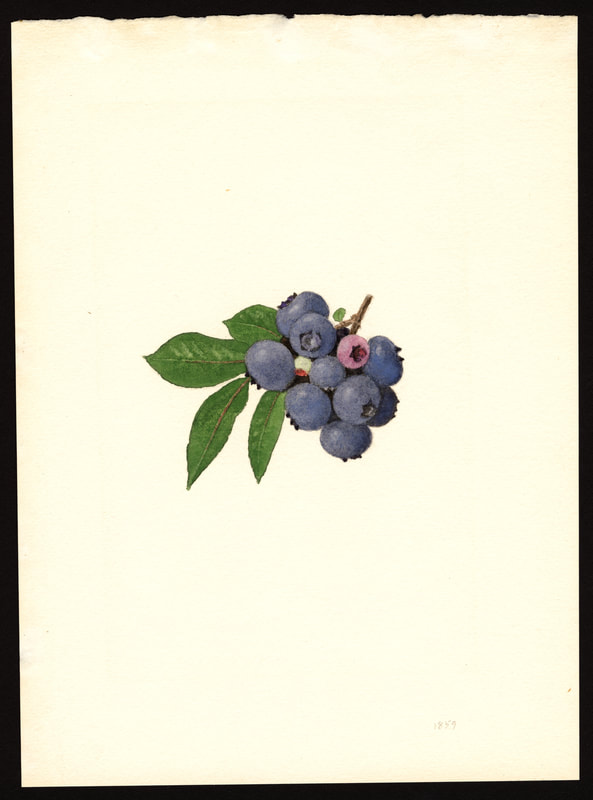 Image of the Weymouth variety of blueberries (scientific name: Vaccinium corymbosum), with this specimen originating in New Jersey, United States. Source: U.S. Department of Agriculture Pomological Watercolor Collection. Rare and Special Collections, National Agricultural Library, Beltsville, MD 20705, 1940. Lowbush blueberries (often marketed in grocery stores as "wild" blueberries) are native to North America, as other other blueberry-like fruits including huckleberries and juneberries (also known as serviceberries). Although these plants grew wild, blueberry barrens and other stands were often maintained by Indigenous peoples. Dried blueberry and cracked corn mush may have been served at the First Thanksgiving. Early European observers misnamed them "bilberries," after a relative native to Britain. In the early 20th century, highbush blueberries were cultivated from Indigenous blueberries in New Jersey. Highbush blueberries are bigger and therefore easier to harvest and ship than lowbush blueberries and are most often what you'll find in grocery stores today. CashewMost people probably associate cashews with Southeast Asia and Indian cuisines. But cashews are actually native to Brazil. The word "cashew" is a corruption of the word "acaju," which is Tupi for "nut." The Tupi people (of which there are dozens of sub-tribes) were who the Portuguese encountered when they first arrived there in the early 1500s. It was the Portuguese who brought the cashew to Goa, India in the late 1500s, where it thrived. Today, most commercially produced cashews are grown in India. ChiaMaybe you've noticed the trend for chia puddings these days. Or perhaps you're old enough to remember the Chia Pet craze of the 1980s. But the origins of chia are much older than you might suppose. Native to Central America, chia is thought to have been cultivated by the Aztecs as much as 3,500 years ago. An important staple crop throughout Mesoamerica, it was likely also used for religious purposes and may have been banned by Spanish colonizers for that reason. Thankfully, it survived. Chilis & PeppersChili peppers - from which all modern capsicums are derived, including bell peppers - were cultivated in Mexico as early as 6,000 years ago. Self-pollinating, chilis quickly spread throughout Mexico and Central and South America. Known in many countries by their cultivar name - capsicum - in the United States we call them "peppers" because Columbus and other Europeans associated them with the heat they had previously only known from black pepper. Like cashews, chili peppers were brought to Southeast Asia by Portuguese traders, where they quickly took hold as an essential part of many Asian cuisines. In the United States, New Mexico is best known for its production of chili peppers and its chili-eating heritage. Chilis are an essential ingredient in salsa, and Indigenous Mexican peoples use all different varieties (not just jalapenos and habaneros) for different levels of heat and flavor. ChocolateToday, chocolate is most often associated with Switzerland, Germany, and France. But its origins are ancient and date to Mesoamerica. The oldest references are for the Olmec peoples of central Mexico, who used it in religious ceremonies. But it was also used by the Maya and Aztec peoples, who both used cocoa beans as currency and used chocolate beverages in daily life and religious ceremonies. Although the origin of cacao plants is contested, they appear to have been common in Central America and actively cultivated as early as 5,300 years ago. Chocolate's chemical signature is often tracked as part of archaeological digs, and recent finds have suggested that its use and cultivation are earlier and more widespread than previously known. When it was introduced to Europe, Europeans treated it much like they did another dark, bitter beverage - coffee - by adding cream and sugar to it and drinking it for breakfast. By the 18th century, mechanization and slavery had made chocolate affordable to the middle classes. But it wasn't until the 19th century that chocolate bars, mixed with vanilla, sugar, dairy solids, and cocoa butter, came into widespread use. Corn (Maize)For most Americans, corn is hybridized sweet corn, popcorn, and maybe yellow or white cornmeal (or grits). But corn comes in thousands of different varieties and can be processed in hundreds of different ways. Did you know, for instance, that different varieties of corn - popcorn, dent, flint, flour, etc. - were cultivated for different uses? And that most corn can be eaten at all stages of development? And that "sweet" corn was originally just eating immature "green" corn before the sugars had turned to starch? Indigenous cooks also developed nixtamalization - a process whereby corn is soaked in wood ashes and water (i.e. lye) to de-hull and soften the corn. Nixtamalization also has the important additional benefit of releasing the niacin (Vitamin B3) from the corn so that it can be processed by the body. Niacin deficiency, also known as pellagra, plagued 19th and early 20th century White Americans, who did not know how to process the corn properly. Corn was developed from a grass native to south central Mexico called teosinte - which is still used today in Mexico as a fodder for livestock. As cultivated varieties spread throughout North America, they took on different characteristics as they cross-pollinated with other varieties and native species of teosinte. Corn is wind pollinated, meaning that it cross-breeds easily. Today, corn's global dominance is almost entirely related to its role as livestock feed, especially with beef. Sadly, beef cattle are not well suited to being raised on corn, and "corn fed beef," which is designed to put on a lot of fat for your "well-marbled" steak, is actually extremely destructive to bovine digestive systems. Not to mention unhealthy for humans, too. American agricultural subsidies for corn, which allow food processors to purchase it for less than it costs farmers to produce, have also allowed the proliferation of its use as an industrial food, notably corn syrup, but corn is now in almost everything we eat. And not in a good way. If you want to help Indigenous producers, buy Indigenous-grown Indigenous corn products. Here in New York, you can buy Iroquois White Corn. Don't feel like eating corn but want to help? Support Indigenous seedkeeper groups. Can't find one in your area? Donate to the Indigenous Seedkeeper's Network. CranberriesToday, cranberries are most often associated with Thanksgiving and New England, but cranberries are native to the northeast of North America and were used often by Indigenous peoples in those areas. Although a variety of cranberry is native to the bogs of Britain, and the Scandinavian lingonberries are a relative, the vast majority of modern cranberry consumption is based on species native to the U.S. and Canada. Maple Syrup & SugarMaple Syrup is one of the few sweeteners native to North America (honeybees, sugar cane, sorghum, and sugar beets are all imported). First used by Indigenous peoples in the Northeast, it is unclear which tribes first started use of maple sap as a sweetener. One Haudenosaunee/Iroquois legend indicates that the people first observed red squirrels cutting into the bark of maple trees and returning to drink the sap that flowed out. This has since been confirmed by scientific observation of squirrel behavior. Maple syrup and sugar was made either by freezing the water out of the sap, or by boiling with heated rocks. European colonists were quick to adopt maple sugaring as an important source of late winter calories and shelf-stable year-round sweetener. Although for some reason in the United States maple products are associated with fall, maple sugaring time is usually in March, when daytime temperatures rise above freezing, and fall below freezing at night - perfect conditions for optimum sap production. PapayaThe native range of the papaya is from southern Mexico to northern South America, although it has been naturalized throughout the Caribbean and the Gulf of Mexico. With a quick maturity - some papaya can produce fruit after just one year - Europeans spread the plant to other tropical regions around the world where it is widely used in many different stages of ripeness, both cooked and raw. PeanutsThe archaeological record of peanut cultivation is not clear, but it is clear that it was present in Brazil and Central America in the 16th century when European explorers arrived in South America. The peanut is not actually a nut - it is a legume and more closely related to beans than, say, pecans. But its culinary importance grew once it was imported by Europeans to Africa and Asia. The peanut actually came to North America by way of enslaved Africans, who carried it with them as they were stolen from their homelands. The peanut was largely regarded as animal fodder by Europeans, and used in subsistence farming by enslaved Africans and African-Americans in the U.S. In the late 19th century, a number of people, including John Harvey Kellogg and Heinz, were filing patents for peanut-butter-like substances. Ironically, George Washington Carver, African-American plant scientist and the man most associated with peanut butter, didn't actually invent it. Today, about the only people who don't enjoy peanuts much are Europeans, which is ironic given their role in spreading them globally. PecanNative to North America, the pecan is one of my favorite nuts. Its native range ran from New England to Mexico and was widely used by Indigenous peoples. The word "pecan" likely comes from a 16th century European corruption of the Algonquian word "pacane," describing nuts that required stones to crack. Hickory nuts (also known as butternuts) and black walnuts are in the same family as pecans. PineappleAlthough most Americans associate pineapples with Hawaii, they are actually native to the Paraguay River basin, which stretches between modern-day Brazil, Bolivia, Paraguay, and Argentina. Pineapples were cultivated by the Maya and Aztecs and Europeans first encountered them in the 15th century. Named the "pine apple" because of its resemblance to a pine cone and its status as a fruit, Europeans were able to grow some pineapples in greenhouses. In the 18th century, the pineapple was a symbol of hospitality and wealth and were much smaller than modern-day cultivars. Pineapple plantations were first installed by White Americans in Hawaii in the 1880s. James Dole made his fortune with pineapple plantations, processing, and canning innovations, which introduced the pineapple to ordinary Americans across the country. PotatoesWhat would Europe be without the potato? And yet, this starchy tuber, which spread throughout the Andes mountains prior to European contact, is originally from the border of modern-day Peru and Bolivia and dates back as far as 8,000 years ago. Cultivated from the wild tuber by Indigenous agriculturalists, over 5,000 varieties now exist. Potatoes were the staple crop of the Inca, who built their empire on it. Andean Indigenous peoples used it in all the usual ways, but also pioneered a special preservation technique called chuño, whereby the potatoes were frozen and dried in a way that made them very light and allowed them to keep for years. Chuño was usually prepared as part of a stew and was an important cash crop for Indigenous farmers. Prior to its introduction to Europe, most of the poorer classes relied on turnips and rutabaga for starchy bulk calories. But the potato was not only more palatable, it was more prolific, easier to grow, and it kept longer in storage. The shift to potatoes throughout Northern Europe in particular meant that the advent of potato blight in the mid-19th century, particularly in subjugated Ireland, started a mass migration of Europe's poor to the nations which had fed them so well for so long. QuinoaAlso native to the Andes and Peru, quinoa (pronounced "keen-wah"), is a member of the amaranth family. Used as a cereal crop by the Inca and other Indigenous peoples in the Andes mountains, quinoa has been in cultivation for as many as 5,000 years. When the Spanish arrived, determined to stamp out Incan culture, quinoa almost disappeared, but it persisted. Its "discovery" by White Americans interested in "superfoods," the price of this essential Indigenous grain actually skyrocketed. Whether or not this is good for Indigenous farmers is a matter of some debate, but when in doubt, be sure to buy from Indigenous producers. Squash & PumpkinAlong with corn and beans, squash make up the famous "Three Sisters" of Indigenous foodways. One of the oldest cultivated crops of the Americas, dating back as many as 10,000 years ago (before maize and beans), squashes are native to the Andes and Mesoamerica and wild varieties actually predate human inhabitation on the continents. Their cultivation was widespread throughout North and South America prior to European contact. All global varieties of squash, including pumpkins, zucchini, and decorative gourds, originated in the Americas. The word "squash" is an English corruption of the Narragansett word "askutasquash" meaning "a green thing eaten raw." Today, pumpkins (a word for a particular kind of large, round, orange squash that doesn't actually have an official classification) are mostly associated with Thanksgiving and New England foodways, although in the 19th century they were also stereotypically associated with slavery. They were one of the Indigenous foods featured in the first "American" cookbook, published by Amelia Simmons in 1796. SunflowerSunflowers are also native to North America, thought to have been cultivated near present-day Arizona and New Mexico around 3000 BC. Cultivated for their oily seeds and tuberous roots (also known as sunchokes or "Jerusalem artichokes"), sunflowers were also sometimes used as dyes. Although they were an important crop for Indigenous peoples, they were not in widespread use by European-Americans until their popularization in 19th century Russia, where they had been imported. Today, North and South Dakota are the biggest producers of sunflowers in the US and sunflower seeds, "sunbutter" and sunflower oil are popular modern uses. Not so much with the "sunchoke," although the tubers are regaining some popularity. Sweet PotatoSweet potatoes are native to Central America. Although called "potatoes" and sometimes "yams," they are not related to either plant. Sweet potatoes are more closely related to morning glory and bindweed. Sweet potatoes were spread across the Pacific nearly 400 years before Columbus by Polynesians, who brought the vine back with them. It was the Spanish and the Portuguese, however, who spread the sweet potato to the Philippines and Japan, respectively. The Spanish also brought the sweet potato to West Africa, where it was adopted, but not without some derision as its taste. The yam is native to Africa, which is likely why so many Americans, especially African-Americans, call sweet potatoes "yams." TomatoWhich is more authentic? Italian tomato sauce, or Mexican salsa? Hate to break it to you, but the Mexicans have the ayes on this one. Wild tomatoes are native to Western Mexico and were originally tiny, sour, and hard. Careful cultivation by Indigenous people led to thousands of more edible varieties, including husk tomatoes ranging from tomatillos to ground cherries. In Nahuatl (the Aztec language), "tomatl" was used to reference green tomatoes like tomatillos, and "xitomatl" was used for red varieties. The Spanish translated it as "tomate" and hence the term "tomato." When brought back to Europe, the bright red fruits were originally identified as a type of eggplant (both are members of the nightshade family), it garnered the nickname "love apple," and was originally considered poisonous. Although it was cultivated as a decorative plant, it was not in widespread use in Europe until the mid-18th century. It's widespread adoption in Italy was likely connected to nationalist sentiments in the 19th century and its association with the color red in the flag of Italian unification. In the United States, Thomas Jefferson may have helped popularize the tomato outside of the American southwest. And his relative by marriage, Mary Randolph, featured tomatoes in her Virginia Housewife cookbook, published in 1824. By the end of the 19th century, tomatoes became a popular American preserve, providing color, acidity, and sweetness to the typical American table. TurkeyIndigenous to North America, turkeys have been consumed by Indigenous peoples for centuries. Turkeys were domesticated in Mesoamerica as early as 800 BC. The Spanish brought back domesticated Aztec turkeys to Europe, where they quickly joined the European game bird lexicon. Associated with Christmas in Britain as early as the 17th century, the British Christmas goose persisted until the 20th century. In the United States, turkey is most commonly associated with Thanksgiving, although it is also often consumed at Christmas. Turkeys are one of the only indigenous American meat animals widely adopted in Europe and elsewhere. The name "Turkey" is likely associated with how Europeans were first introduced to turkeys - either through trade with the Middle East, or in association with guinea fowl as a game bird, introduced via Turkey. Domesticated turkeys are thought to have been descendants of Aztec domesticated birds reintroduced to North America via Europe. The turkeys purportedly eaten at the First Thanksgiving would have almost certainly been wild varieties, however. A shift to large scale commercial poultry production in the early 20th century has helped introduce turkey into the American diet through things like sliced deli turkey. The virtual disappearance of wild turkeys from New England due to deforestation meant that they had to be reintroduced to New England, an effort that began in the 1960s. VanillaVanilla is an orchid native to the Caribbean and south Central America. Cultivated by pre-Columbian Maya people, it was widely adopted by subsequent Indigenous peoples, including the Aztecs, who added it as a flavoring agent to their chocolate beverages. Attempts to cultivate vanilla in Europe were unsuccessful, largely because vanilla is naturally pollinated only by a native species of bee. An boy named Edmond Albius, enslaved on the Island of Reunion, pioneered a hand pollination technique that allowed vanilla to spread across the globe, including to the islands of Tahiti and Madagascar. Wild RiceWild rice, known in Anishinaabe/Ojibwe as "manoomin," is, indeed, a wild rice. Growing in marshy lakes, truely wild rice is harvested by hand from the wild. Wild rice is central to Anishinaabe culture, and one legend indicates that Ojibwe people emigrated from the Atlantic coast to the "place where food grows on the water." Although Northern wild rice is the most common, other two other varieties are native to North America - one in Florida and one in Texas. Suggestions to grow wild rice commercially were suggested as early as the mid-19th century, but it was not attempted on any scale until the 1950s. Commercially cultivated "wild" rice is now a great source of controversy, as is the genetic modification of wild rice. Opponents argue that commercial wild rice conflicts with Indigenous food sovereignty and treaty rights. True wild rice can also be endangered by relaxed water pollution standards, oil pipelines, and more. Indigenous people were rarely if ever involved in the research and are not beneficiaries of commercial varieties. For reasons of taste and to support Indigenous tribes and businesses, I strongly recommend that you source your wild rice from Indigenous producers. ConclusionPhew! That is a LOT of influential foods developed by Indigenous Americans. I hope you learned something with this catalog - I know I did. And I hope you'll support Indigenous food producers by purchasing direct whenever you can. Thanks to the magic of the internet, that's now possible more than ever. And for those of you interested, I'm planning a couple more posts (and a few talks) about the influence of pumpkins, corn, wild rice, and more. So stay tuned! What's your favorite Indigenous American food? The Food Historian blog is supported by patrons on Patreon! If you found this article interesting, useful, and/or thought-provoking, join us for awesome members-only content like free digitized cookbooks from my personal collection, e-newsletter, and even snail mail from time to time!
Thanks to everyone who joined us for Episode 21 of the Food History Happy Hour! We discussed pumpkins and their indigenous origins, as well as the history of pumpkin pie spice, including a discussion of the European spice trade, where various spices come from, and how they went from the purview of the fabulously wealthy to hopelessly old-fashioned, to ragingly popular again. Plus we talk about how pumpkin spice got its name and what's REALLY in those cans of pumpkin puree.
Port Wine Negus (1862)
This particular recipe comes from the famous Jerry Thomas, in his 1862 book, The Bar-Tender's Guide but the drink is actually much older, dating back to the 18th century, and features in the novels of Jane Austen and Charles Dickens. By the Victorian period, it was commonly used for children's parties (shocking I know), and it seems that Jerry Thomas may have lifted his recipe directly from Isabella Beeton.
I followed this recipe pretty closely, and it makes a LOT - I filled my teapot full - so be aware that either you need to save any leftovers for a soda negus (also in Jerry Thomas), share with friends, or cut the recipe down. Here's the original: 151. Port Wine Negus
Here's the version I made:
4 cups water, brought to a boil 2 cups Ruby port 1/2 cup sugar 4 tablespoons bottled lemon juice 4 cloves about 1/4 teaspoon fresh grated nutmeg This makes one and a half quarts of hot Negus, which is delicious but was too sweet for my taste. I'm guessing the original recipe called for Tawny port, which is not as sweet as Ruby port. I also cheated and used bottled lemon juice instead and added cloves because another recipe for soda negus I saw called for them. It really is imperative to use fresh nutmeg for this recipe, as the ground kind doesn't hold a candle in flavor. One or two nutmegs will last you a long time, so you don't have to buy a ton. It is fairly addictive, so just be forewarned. I may or may not have had four cups in the course of Food History Happy Hour and writing this blog... Episode Links:
I had fun researching this topic and even learned a few things! One of my primary sources for the European spice trade as the book Nathaniel's Nutmeg, by Giles Milton. It's a highly engaging read and designed for a more popular audience, so if anyone wants to read about bloodthirsty Europeans obsessed with spice and their various maritime misfortunes, check it out.
other fun links include:
The next Food History Happy Hour won't be until Friday, October 30, 2020, but we'll be discussing Halloween! And making the Stone Fence cocktail. I hope you'll join us then. AND! I have a special treat for Patreon members old and new - join or renew at the $5 level and above, and you'll get a special Halloween packet mailed to you! Chock full of all kinds of fun history, images, party ideas, recipes, and more.
If you enjoyed this episode of Food History Happy Hour and would like to support more livestreams, please consider joining us on Patreon. Patrons get special perks like access to members-only content.
The more I learn about food history, the more I realize that our modern concept of seasonal eating is a big wrong-headed. I've often prided myself on my delight in seasonal eats and trying to stick to what is available seasonally in my cooking. Meaning, no strawberries in December or tomatoes in March or pumpkin in June. And this in-the-moment feeling certainly was quite historic, particularly in spring and summer as waves of produce came to be eaten. However, historic cooks did a great deal of preserving throughout the year, especially in preparation for the winter holiday season. From pickling young walnuts in June, making cherry bounce in July, and starting the holiday fruit cake in August or September, canning and drying weren't the only food preservation activities going on, and many happened year-round. Of course, I'm not much of a canner or jammer, and I find the easiest way to preserve involves alcohol. Even though (ironically) we don't do a great deal of drinking in our house, having something other than beer and wine at a party is delightful, and punch is one of the best ways to showcase an interesting beverage for a crowd. As some of you may be aware, we plan a huge holiday party every year (hosting between 20 and 40 people), and Second Horse Punch has been a staple since the beginning, starting 10 years ago. We got the recipe from a friend, who works at another 18th century historic site. The original recipe reads thusly: ½ pint light-bodied West Indies Rum (a.k.a. light Puerto Rican or Cuban) ½ pint peach brandy ½ pint lemon juice 5 tablespoons bitters (Angostura is about the only kind left and this recipe uses about half a bottle) 4 tabelspoons brown sugar Stir thoroughly. Pour over a large block of ice. Add 2-3 pints effervescent mineral water. So what's with the name? It was supposedly invented by the Second Lighthorse Brigade and a rusty stirrup added to the punch purportedly improved the flavor. We are ginger ale addicts in our house, and the added sweetness is very nice - I think if you used mineral water (or sparkling wine) as the original called for, you would taste the alcohol too much. And to be honest, the best Second Horse Punch goes down so smoothly you don't realize how much you've downed. Although our ratio is 1:2 Second Horse Punch to ginger ale, the gentleman who gave us the recipe does a 1:1 ratio. That's a bit too strong for us! The key to a good Second Horse Punch is to let it age. The longer, the better. At minimum three months, preferably up two years. The longer it ages, the smoother it becomes. But, if you're going to let it age for that long, be sure to store it in glass. Quart mason jars are fine, if you don't have bottles. Our first big batch is actually in an old green glass wine jug. Second Horse PunchHere is our quadrupled recipe, which makes 3 quarts (not two, like my handwritten recipe says - I've since corrected it). 1 quart white rum 1 quart peach brandy 1 quart lemon juice 16 tablespoons brown sugar 2 bottles angostura bitters (which is actually only 16 tablespoons, not 20, but that's okay) Mix well - I recommend adding the brown sugar first - and pour into glass jars for storage. Label with the date so you know when best to mix it up for a delicious, not-too-sweet, spicy, delicious party punch. If you don't want to make 3 quarts, you can cut the recipe in half and use a pint mason jar for your measuring (which I did, but twice, because I didn't have a big enough pouring bowl). To make the finished punch, mix one part Second Horse Punch with two parts ginger ale and serve in a big punch bowl over ice. But only after you've let it age in a dark, cool place for at least 3 months! If you make some now, it should be quite nice by Christmas. And, as always, if you liked this post, consider becoming a member or joining us on Patreon. Members and patrons get special perks like access to members-only content. A while ago I made cherry bounce. It's a very old-fashioned drink that was apparently much-beloved by George Washington. I speculated about George and cherries even longer ago, in a post that remains today one of my top-viewed posts. You see, cherries are not even remotely in season in February, and George was a lover of walnuts. Although he preferred English walnuts, black walnuts were easier and cheaper to get. I live nearby where George was stationed during the end of the Revolutionary War. And there are black walnut trees a-plenty in my area. I've thought about harvesting them, but they're so fussy and difficult, and my days so busy, that I've never bothered. I leave them to the squirrels, who seem to cleverly leave them in our driveway so our cars will crack them for them. They then carry them to a shallow stone in our lawn to finish cracking them open. This President's Day weekend I worked on the Saturday, went to a friend's birthday party (she got her own quart of bounce and a pair of tiny brandy glasses for a present), had errands to run on Sunday, and worked on the holiday Monday. So it was just the other day that I got to enjoy a small (and very 18th century looking) glass of the cherry bounce. I even lit a candle for George, Abe, and all my other favorite presidents (including Teddy Roosevelt, of course). My husband thinks it tastes like cherry cough medicine, and I'll admit the brandy is a bit strong. Gives you a lovely warm feeling if you're cold, that's for sure. But you do get just a slight sweetness (I used much less sugar than the historic recipe) and a nice bright sour cherry taste. The color is also absolutely beautiful and comes just from the fruit - no artificial colors here! Next time, I think I'll pack the jar right full of sour cherries for a stronger cherry taste. And maybe spend just a smidge more money on the brandy. :D Cheers, all. If you liked this recipe and want to see more, consider becoming a member of The Food Historian or supporting us on Patreon. Well, dear readers, it seems as though we are in the '20s again, and since "Dry January" seems to be a growing trend, I thought I would look at some historic alternatives to alcohol for those who don't imbibe or those who are taking a break. Prohibition, the 18th Amendment to the Constitution banning importation, production, sale, and consumption of alcohol in the United States, officially took effect across the country in January, 1920. It was a long, long road to the Constitutional amendment. Begun in the late 18th century, the Temperance movement was a response to the increasing consumption of distilled liquor by the general populace. Rum, distilled by slaves from molasses produced by brutal Caribbean sugar plantations, was flooding the market at the end of the 18th century. Cider, ale, and small beer were common daily beverages. John Adams was known to enjoy hard cider with breakfast. George Washington adored Maderia. All the founding fathers drank at levels that seem excessive by today's standards. And the Whisky Rebellion was just the beginning of American distilling. Alcohol was a way to preserve and consume calories (whether from apples or grain) and was known to be safer for drinking than most water. But it had unsavory unintended consequences. For Temperance advocates, alcohol enhanced all of humanity's sins: drunkenness begat violence, both domestic and public, and wasted hard-earned wages while children starved. In February, 1751, the famed British satirical artist William Hogarth published a pair of etchings in reaction to the Gin Craze. They were meant to be viewed side-by-side, with "Beer Street" at the left and "Gin Lane" at the right. The etchings were accompanied by the following poem: Gin, cursed Fiend, with Fury fraught, Makes human Race a Prey. It enters by a deadly Draught And steals our Life away. Virtue and Truth, driv'n to Despair Its Rage compells to fly, But cherishes with hellish Care Theft, Murder, Perjury. Damned Cup! that on the Vitals preys That liquid Fire contains, Which Madness to the heart conveys, And rolls it thro' the Veins. The pair of images was meant to illustrate the evils of gin consumption in London. In the above image, emaciated drunks line the streets. A drunken woman lets her baby fall to its death. A person has hung themselves in a dilapidated building and other dwellings are falling down. The distillery, pawn shop, and coffin maker are all doing very well and EVERYONE is drinking gin. Meanwhile, on Beer Street, healthily rotund, industrious people are resting from their day's work to have a beer. The pawn broker's building is a dilapidated ruin, the dwellings in good shape as construction begins on another, and everyone is well-dressed and otherwise in good spirits. This images was accompanied by the following poem: Beer, happy Produce of our Isle Can sinewy Strength impart, And wearied with Fatigue and Toil Can cheer each manly Heart. Labour and Art upheld by Thee Successfully advance, We quaff Thy balmy Juice with Glee And Water leave to France. Genius of Health, thy grateful Taste Rivals the Cup of Jove, And warms each English generous Breast With Liberty and Love! If we were to compare 18th century Britain to America, we might replace gin with rum (with its problematic connections to slavery), and beer with hard cider, the drink of choice for thousands of colonists and later American citizens. William Henry Harrison won the 1840 presidential election by running as the "log cabin and cider" candidate - meaning a Western pioneer, the better to appeal to rural voters against the much-maligned Martin Van Buren, of upstate New York, who lost his reelection campaign. But while whiskey, rum, and "fortified" wines like Madeira and port remained popular beverages throughout the 18th and 19th century, alcohol consumption remained as a problem for women and children. Although many Temperance advocates initially just targeted distilled spirits, soon beer and wine and indeed, any alcohol at all, was decried as the root of many evils. Many abolitionists were also Temperance advocates. Lyman Beecher, father to cookbook author Catherine Beecher and her more famous author sister, Harriet Beecher Stowe, was an early Temperance advocate. Connected to a religious revival in America as part of the Second Great Awakening, Temperance gained traction in communities throughout the United States. The above image is a 19th century analog to the Hogarth images. At left, a healthy-looking family kneels before a man who is perhaps a minister. The angel of Temperance with her anti-alcohol pledge floats down on a cloud, with cupids and a cornucopia of prosperity. In the background, a new and prosperous looking church At the right, a drunkard, bottle in hand, sprawls on the floor. His overworked wife and starving children huddle in the background, with the little girl praying to the glorious angel. Sad looking shacks appear behind them, with a mob of people in the street. After the Civil War, the fight for Temperance continued. Throughout the 19th century, towns, counties, and even states held referendums on whether or not to go "dry." Some advocates installed drinking fountains in public squares in cities around the country. The Women's Christian Temperance Union, one of the strongest proponents of Temperance, formed in 1874. In 1900, Carrie Nation took to violence, chopping up saloons with a hatchet, to try to suppress alcoholism. In 1913, the federal income tax was instated. For the first time, the federal government had a form of tax income that did NOT come directly from the sale of alcohol, which had previously been the main source of tax income. During WWI, the Temperance movement and the Prohibitionists used the threat of wartime and even the need to conserve grain as a reason to instate Prohibition. Here, the threat of alcoholism and "hardened liver" is compared to the deaths caused by the common house fly. At the bottom, the flyer calls for a Constitutional Amendment. Published in 1917, this flyer was created at the outbreak of World War I. Although the United States was not at war when the above image was published in Puck, it nevertheless made a case to reinstate the Army canteen, where beer and soft drinks were sold. Congress had apparently disbanded them by grace of the Women's Christian Temperance Movement - illustrated here by a hysterical older woman in blue and accompanied by an elderly minister and, in the rear, a "timid legislator." The comparison is made between an Army-sponsored canteen and a public "dive," where soldiers drink to wrack and ruin and can consort with the prostitute implied by her red dress and shoes in the lower right hand corner. This illustrates that some people still fought to keep beer and hard cider as a part of daily life, even as public opinion against distilled spirits waxed to a frenzy. Thirty-six states did, indeed, ratify the 18th Amendment on January 16, 1919. It read, "After one year from the ratification of this article the manufacture, sale, or transportation of intoxicating liquors within, the importation thereof into, or the exportation thereof from the United States and all territory subject to the jurisdiction thereof for beverage purposes is hereby prohibited." Prohibition, as it came to be known, went into effect on January 16, 1920. Prohibition came to represent government overreach into peoples' daily lives and the criminalization of alcohol allowed organized crime to flourish in the 1920s, despite the best efforts of police. Gangsters like the infamous Al Capone, wielding machine guns they learned to use in the First World War, made fortunes off of illegal distilleries, speakeasies, and other criminal enterprises, all while dodging federal taxes. Well, at least until the Feds catch up with you, right Al? The wealthy could afford to keep consuming booze (often from the wine cellars amassed on their private estates) as police and prosecutors largely looked the other way. The poor and middle class risked their lives on bathtub gin, wood alcohol, and methylated spirits (also known as denatured alcohol) which caused blindness or even death. The illegality meant that alcohol production was unregulated and therefore dangerous to human health. Prohibition was ultimately a failure. The stock market crash of 1929 and subsequent Great Depression left many people in severe economic (and mental) distress. It was repealed on December 5, 1933, with the ratification of the 21st Amendment, which specifically repealed the 18th. For many, the return of the ability to self-medicate with alcohol helped temper the despair of the Depression, although it likely ruined as many lives as it helped. But while romanticized notions of the "Roaring Twenties" continue today, we can learn from the problems that Temperance sought to solve. Absenteeism and incarceration both declined during Prohibition. Alcohol consumption overall did decline in the 20th century, thanks in large part to the Temperance movement. Today, more and more people are reassessing their relationship with alcohol. In 2006, food writer John Ore coined the term "Drynuary" to describe what he and his wife considered to be a post-holiday alcohol detox. "Drynuary" or "Dry January" has been embraced by an increasing number of people and while the peer pressure to consume alcohol in social settings still exists, it is becoming more acceptable to abstain in public. Are we on the brink of a new Temperance movement? Probably not, but interesting to see the historical parallels. As we are in full swing of "Dry January," and as more people are embracing temperance, we can look to the past for interesting non-alcoholic beverages to tempt our palates. The nice thing about having an extensive library is that it is easy to do research when I want to - I just head upstairs to my little office and library, tucked up under the eaves of our little house. I pulled a couple of 1920s cookbooks that revealed some fascinating recipes. Coffee and tea were the most common alcohol replacers in polite society, but a number of fruit-based beverages and punches were also popular. Of course, most of them are very heavy on the sugar. The rise of soda fountains in the 1900s was in part a direct response to Temperance - it was a wholesome place for young people, women, and families to meet and socialize. It also meant that many Americans were replacing the vice of alcohol with what we know today to be the vice of sugar. Good Housekeeping Book of Menus, Recipes, and Household Discoveries (1922)The first book I perused was not this one, but I thought I would start here because it is the oldest of the 1920s cookbooks I looked at and its recipes were among the most interesting. Good Housekeeping's Book of Menus, Recipes, and Household Discoveries was published in 1922. Don't these sound delightful? "Apple Tree Dulcet" in particular is a brilliant name, although it's much more of a dessert than a beverage. "Gingerade," made with fresh or "green" ginger root also sounds delightful, if spicy. Grapefruit PunchOf these I think the Grapefruit Punch sounded the most delicious. I love both grapefruit and maraschino cherries, but have never had them together. I often drink half grapefruit juice, half ginger ale as a bitter-sweet winter tonic. 2 cupfuls water 3/4 cupful sugar 1 cupful grapefruit juice 1/2 cupful grapefruit pulp juice of 1 lemon 1/4 cupful maraschino cherries mineral water Combine the water and sugar, boil one minute, and let cool. Meanwhile, extract the grapefruit juice and to this add the grapefruit pulp and the lemon-juice. Allow to chill thoroughly and then add the maraschino cherries cut in halves. Dilute with mineral ice-water and serve very cold. Westminster Church (Utica, NY) Cook Book (1924)I love collecting community cookbooks - the earlier the better. This particularly nice one from Utica, NY (which is also where I found it), has just one page of beverages. Published in 1924, it includes a homemade version of what was likely a soda fountain drink: Strawberry Flip. Note that it calls for only one TABLESPOON of vanilla ice cream. Per serving, of course. The one that seems the most interesting to me is the first Fruit Punch, by Bessie C.B. Capron. Fruit Punch1 cup sugar 1 cup very strong tea (black) 2/3 cup orange juice 1/3 cup lemon juice 1 pint ginger ale 1 pint appolinaris This makes enough for 10 glasses. Okay, this probably needs a little translation for most people. To make the tea very strong, steep 2-3 bags in one cup of boiling water. The orange and lemon juice should be fresh-squeezed. And the ginger ale is probably better if you can find something a little stronger than your garden variety - a craft ginger ale would do nicely. And appolinaris? That's a German type of sparkling mineral water. Known as the "Queen of Table Waters," Appolinaris was a brand name mineral water discovered in the 1850s that is still around today. Although these days it's owned by Coca-Cola. This recipe is actually somewhat similar to 18th century punches that called for sugar, citrus juices, black tea, and sparkling water, albeit with the addition of strong spirits like rum and brandy (see: Fish House Punch). Standard Cookbook - For All Occasions (1925)Marion Lockhart's Standard Cookbook is a teensy tiny little hard cover (hence the fingers to hold it open). Published in 1925, it has a wide variety of punches, which is lovely. I do love malted milk, but I'm wary of raw eggs, so the "Egg Malted Milk" is not one I would probably attempt. However, the "Currant and Raspberry Punch" sounds divine. Currant and Raspberry PunchTake 1/2 glass (about 3-4 ounces) currant jelly and dissolve in 1 cup boiling water. To this add 1 cup raspberry sirup and 1 pint fresh water. Pour over ice in punch-bowl, then add 1 quart charged (sparkling) water. This makes about 2 quarts and seems like the perfect pink party punch to serve for Valentine's Day or a girly party. Despite the syrup and jelly, it also probably isn't too sweet, as you're cutting about 1 pint of sweet stuff with 1 pint of water and a quart of sparkling water. New Delineator Recipes (1929)And last but not least! The New Delineator Recipes. Published in 1929, this one comes with a few quite lovely photos. "Reception Chocolate" looks delicious and would be perfect for a winter hygge party. "Veranda Punch" listed here is very similar to the "Fruit Punch" listed above. Of all of these recipes, "Grape High Ball" sounds the most interesting, in part because it uses Niagara grapes. If you live in the Northeast, you can still find both Concord and Niagara grapes at some U-Pick orchards. If you've never had Niagara grapes, I recommend trying them if you see them. A dusky golden color, neither they nor the classic deep purple Concords are much like today's table grapes. Niagara grapes are very soft, with slippery-sweet insides and seeds. But they have a lovely flavor - almost perfumed, and would make a sophisticated beverage. Niagara Grape High BallFor sake of ease, I am combining the two recipe instructions. Wash grapes and boil [until] skin, pulp, and seeds separate. Press through a jelly bag and to every pint of juice add one-half cup of sugar. Boil for twenty minutes and chill. In glasses half-filled with shaved ice, add equal parts syrup and charged (sparkling) water. Lemon is an attractive addition. Well, that's all for now folks. Are any of you attempting a Dry January? If so, what do you normally drink for festive occasions? Share in the comments!
And, as always, if you enjoyed this (long!) post, please consider becoming a member of The Food Historian! You can join online here, or you can join us on Patreon. Members get access to members-only sections of this website, special updates, plus discounts on future events and classes. And you'll help support free content like this for everyone. Join today! |
AuthorSarah Wassberg Johnson has an MA in Public History from the University at Albany and studies early 20th century food history. Archives
July 2024
Categories
All
|
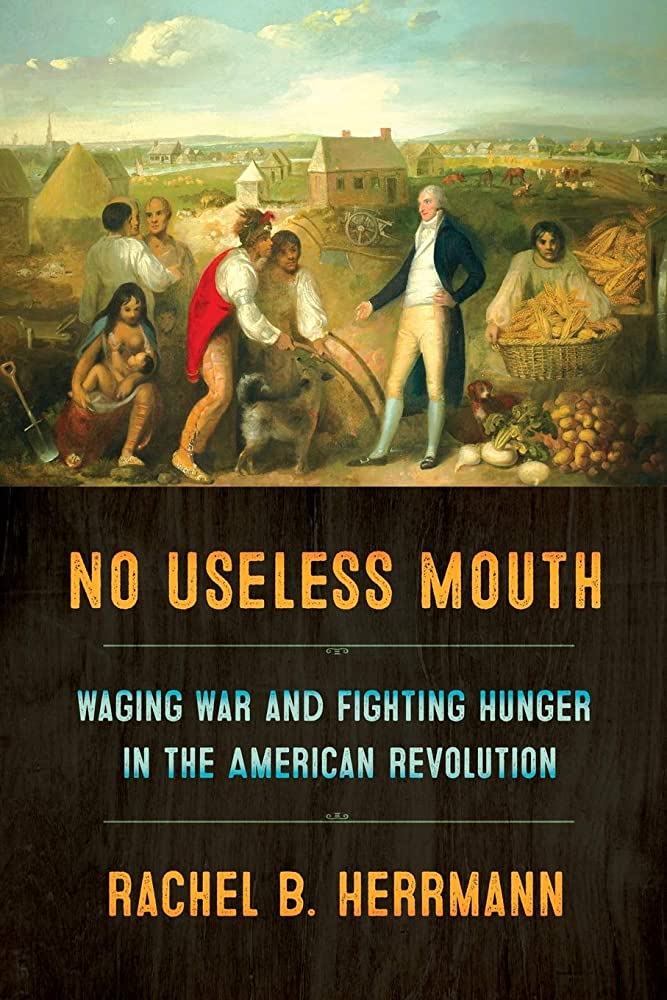
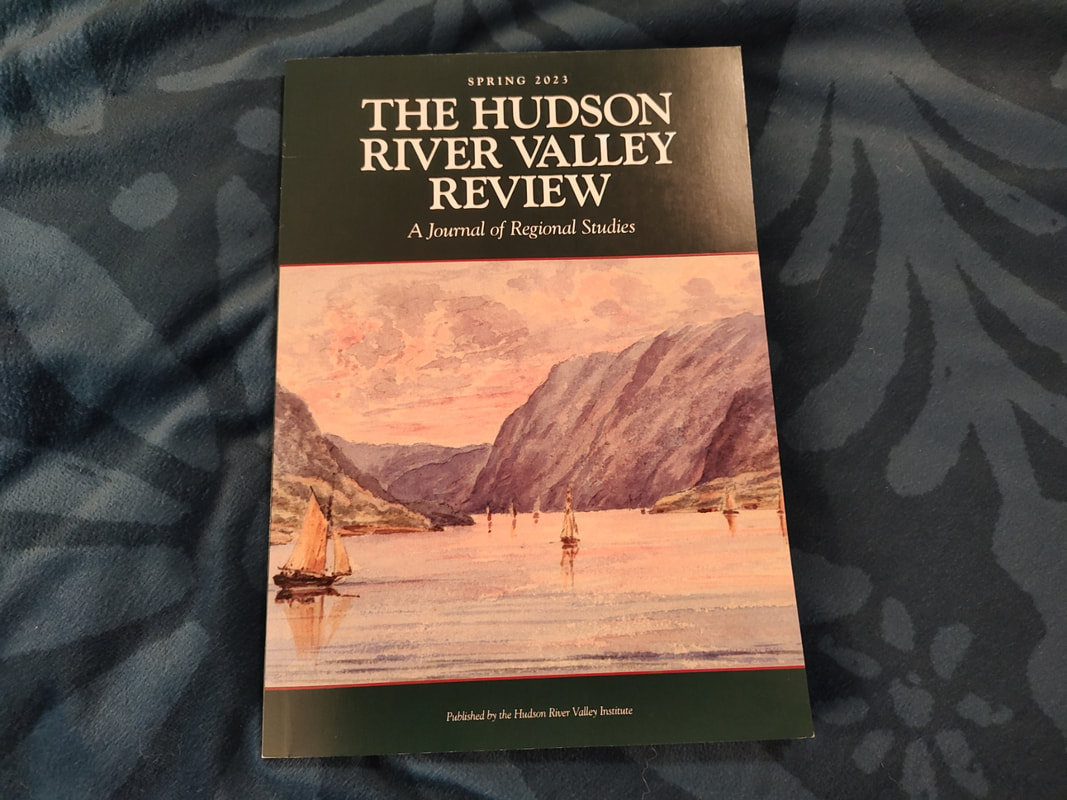
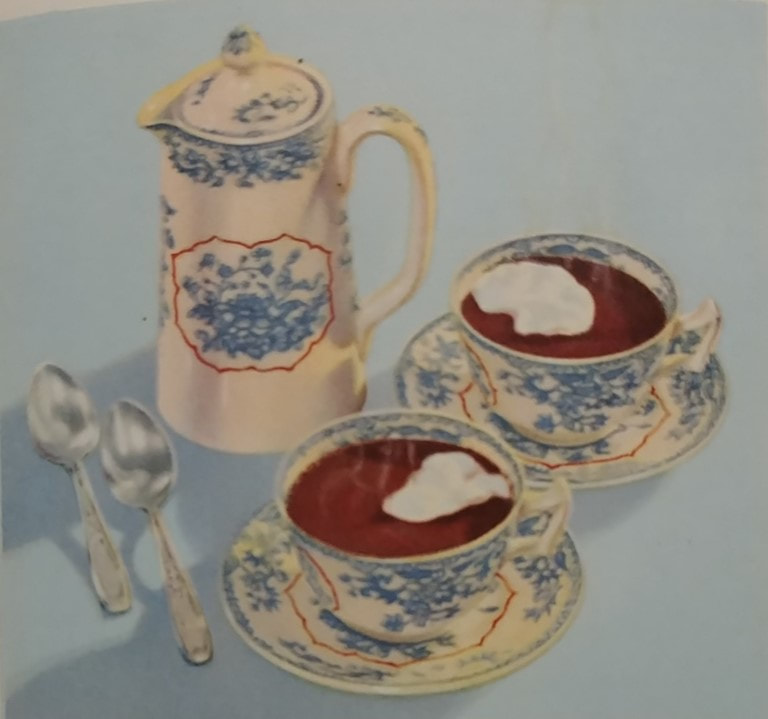
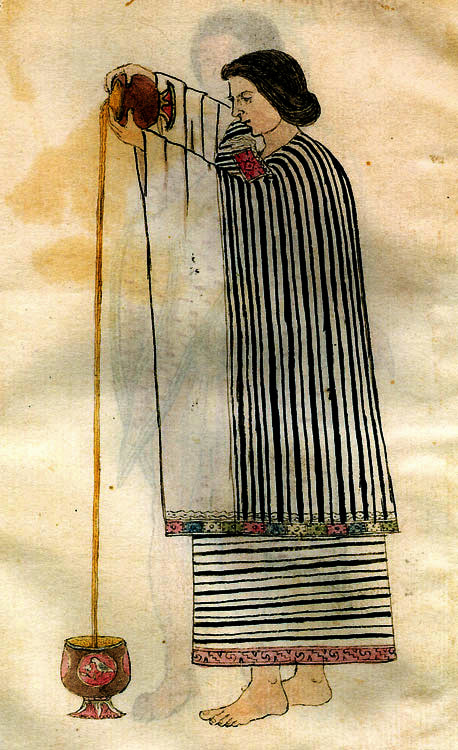
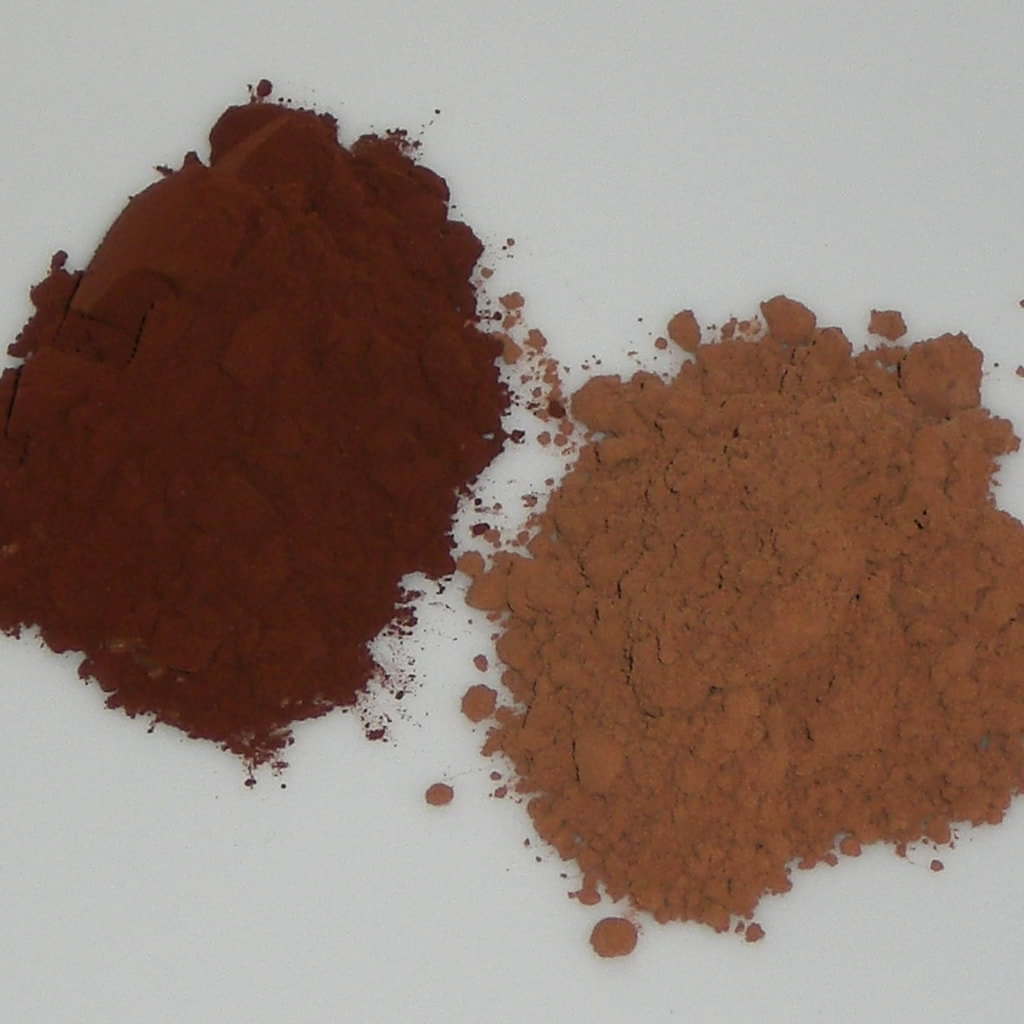
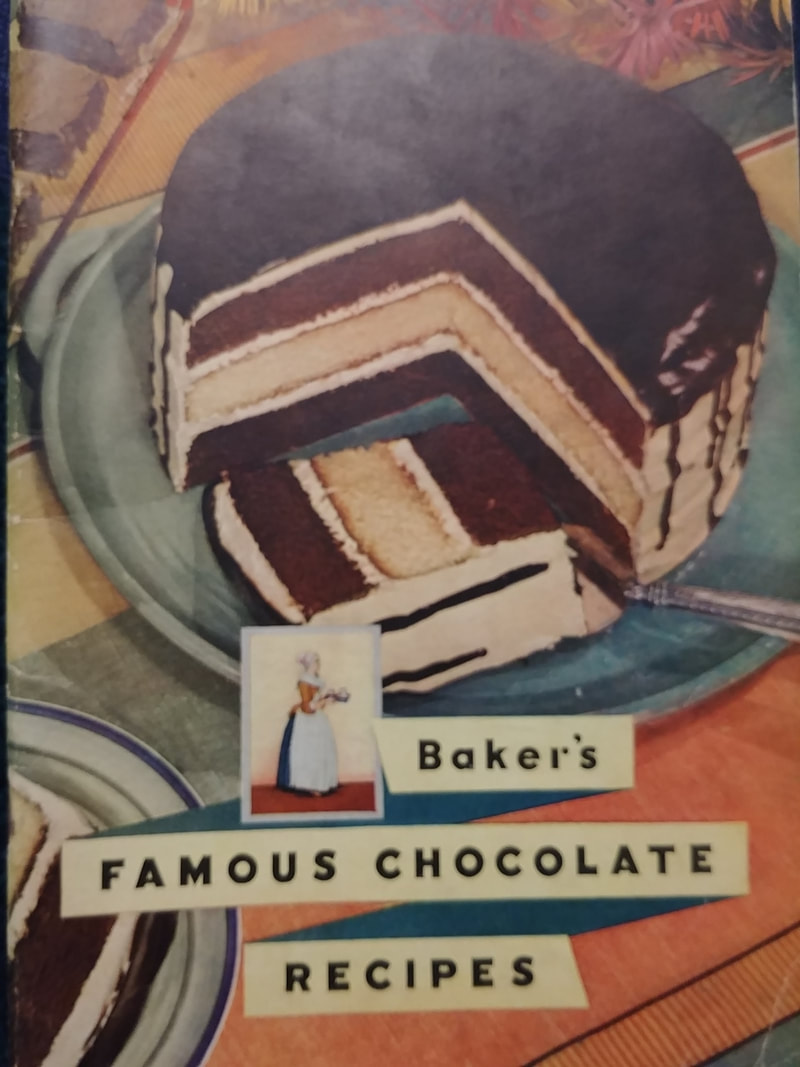
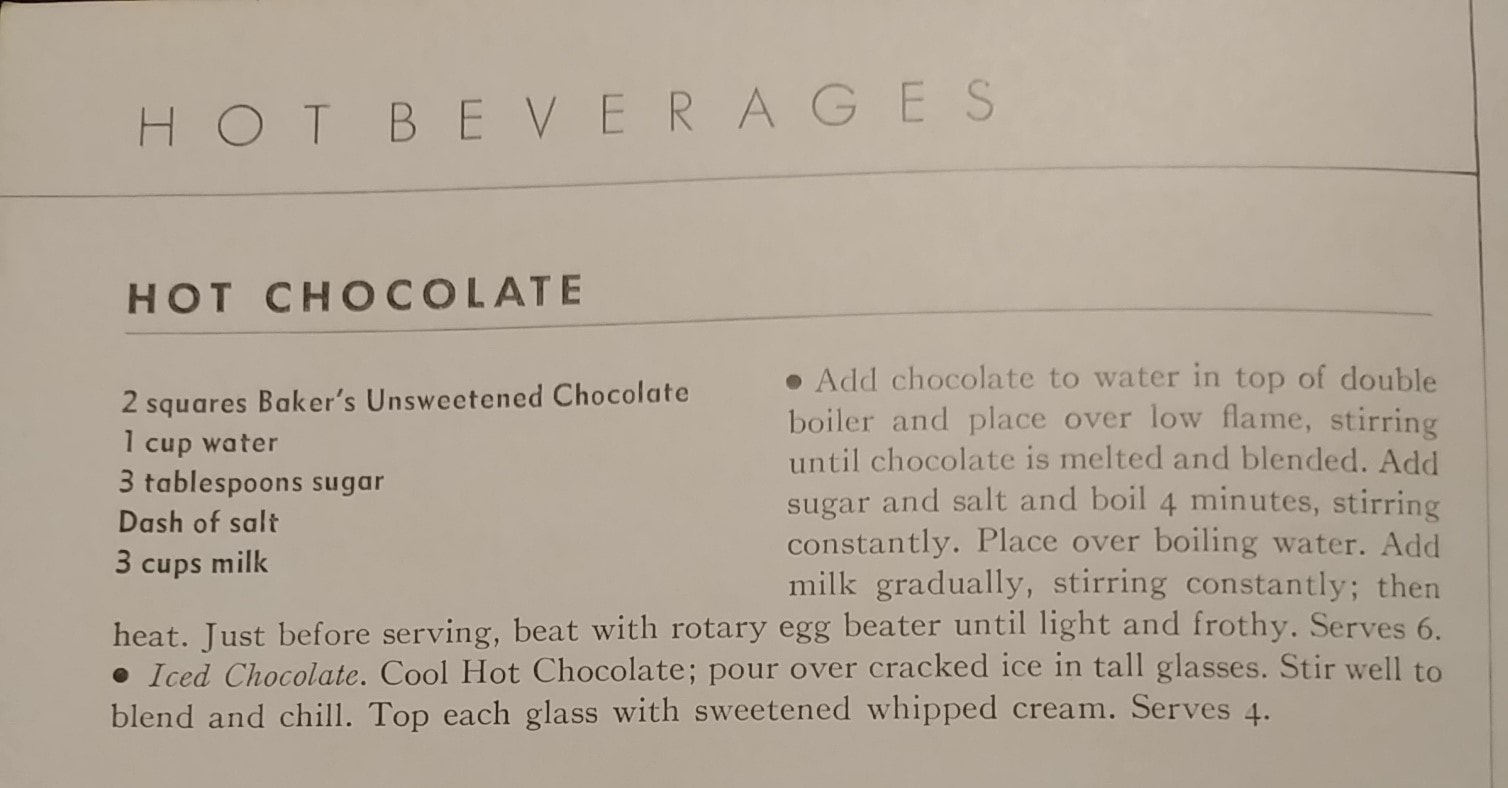
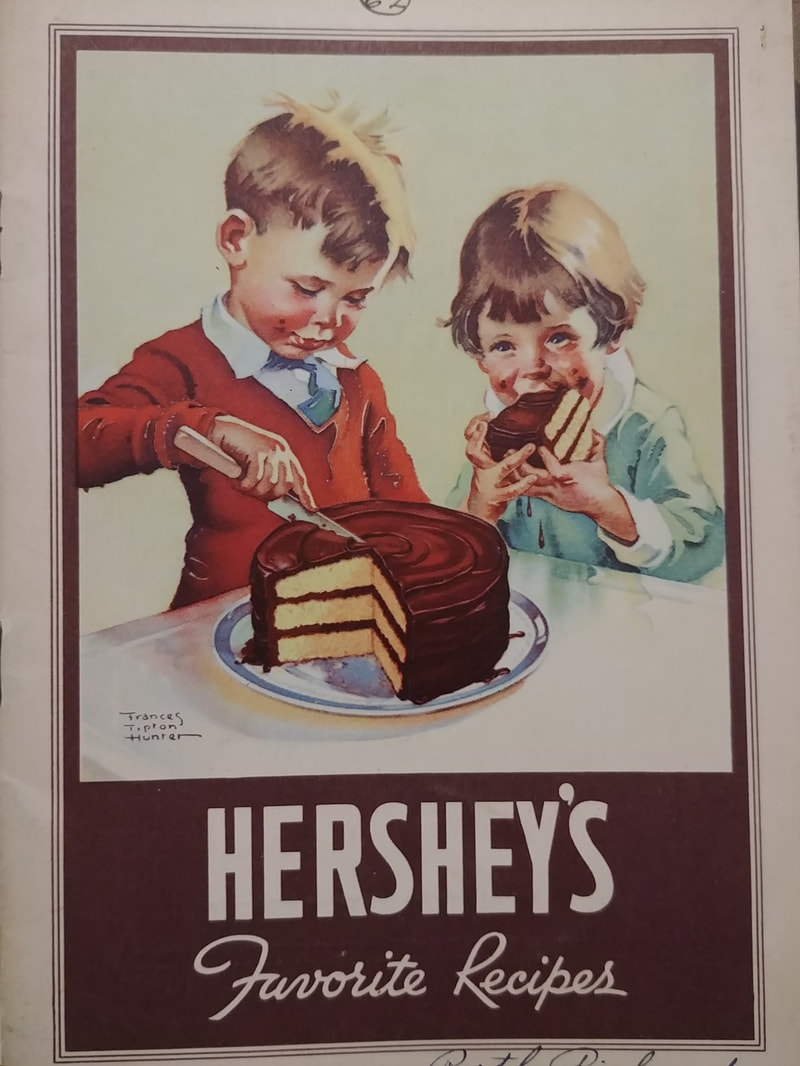
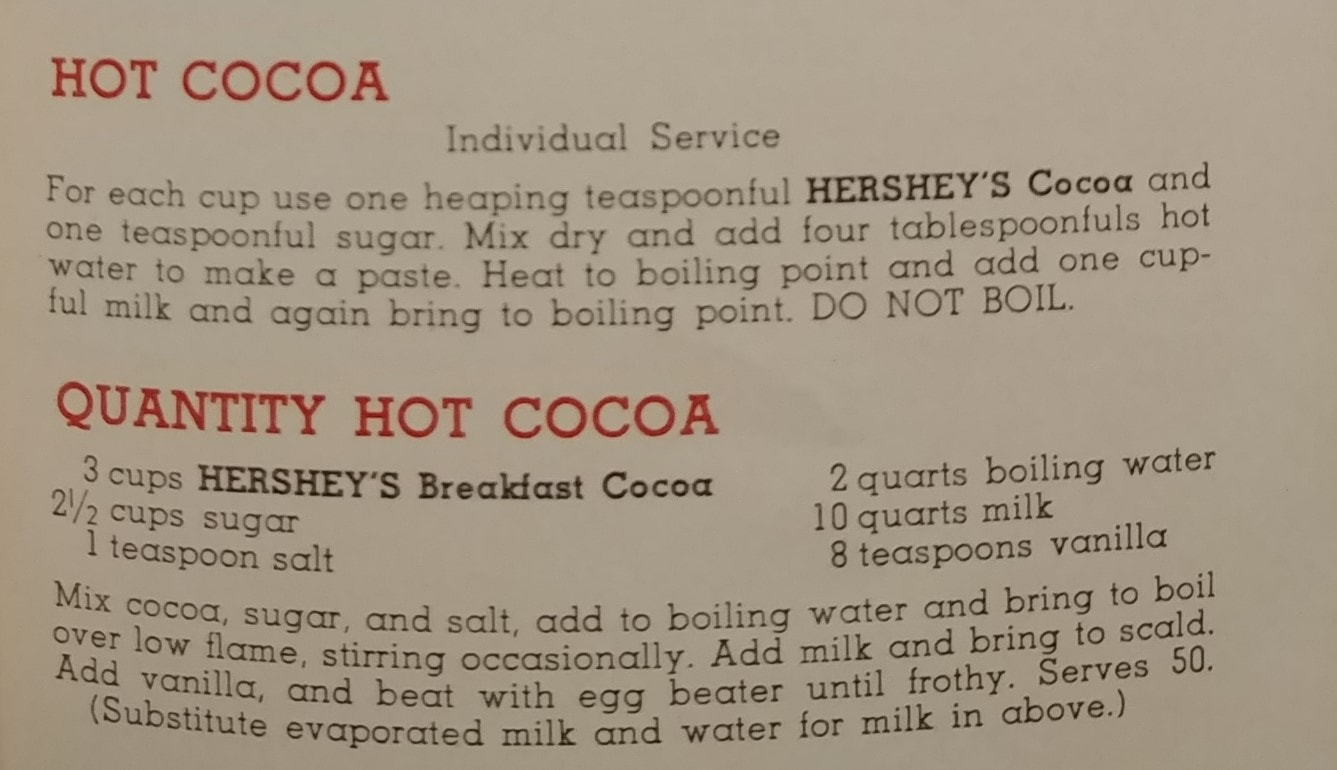
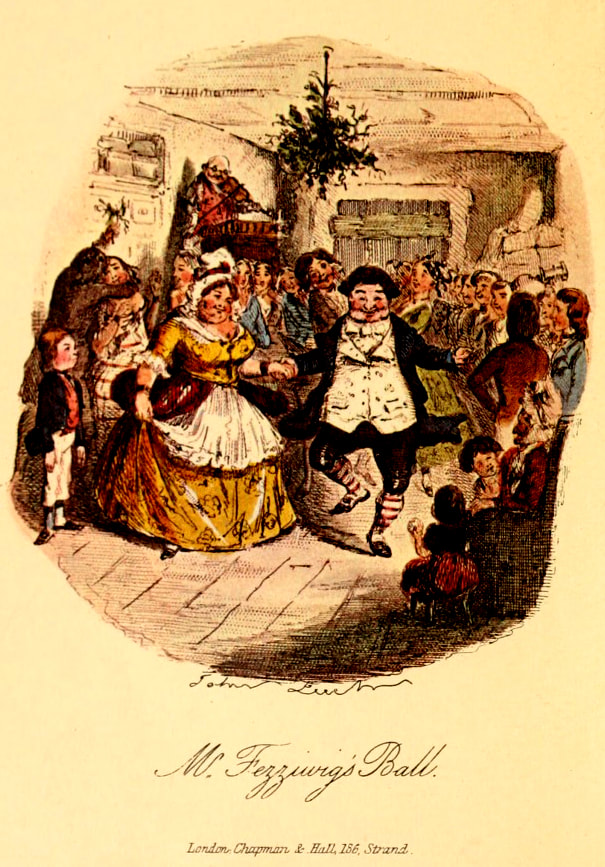
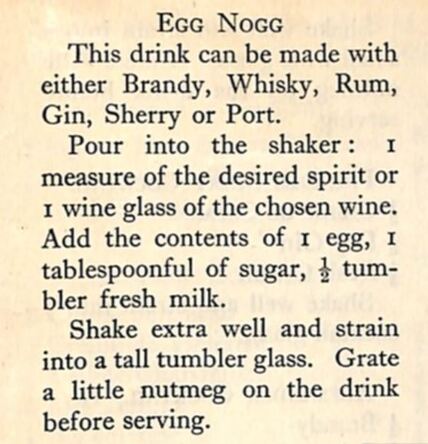
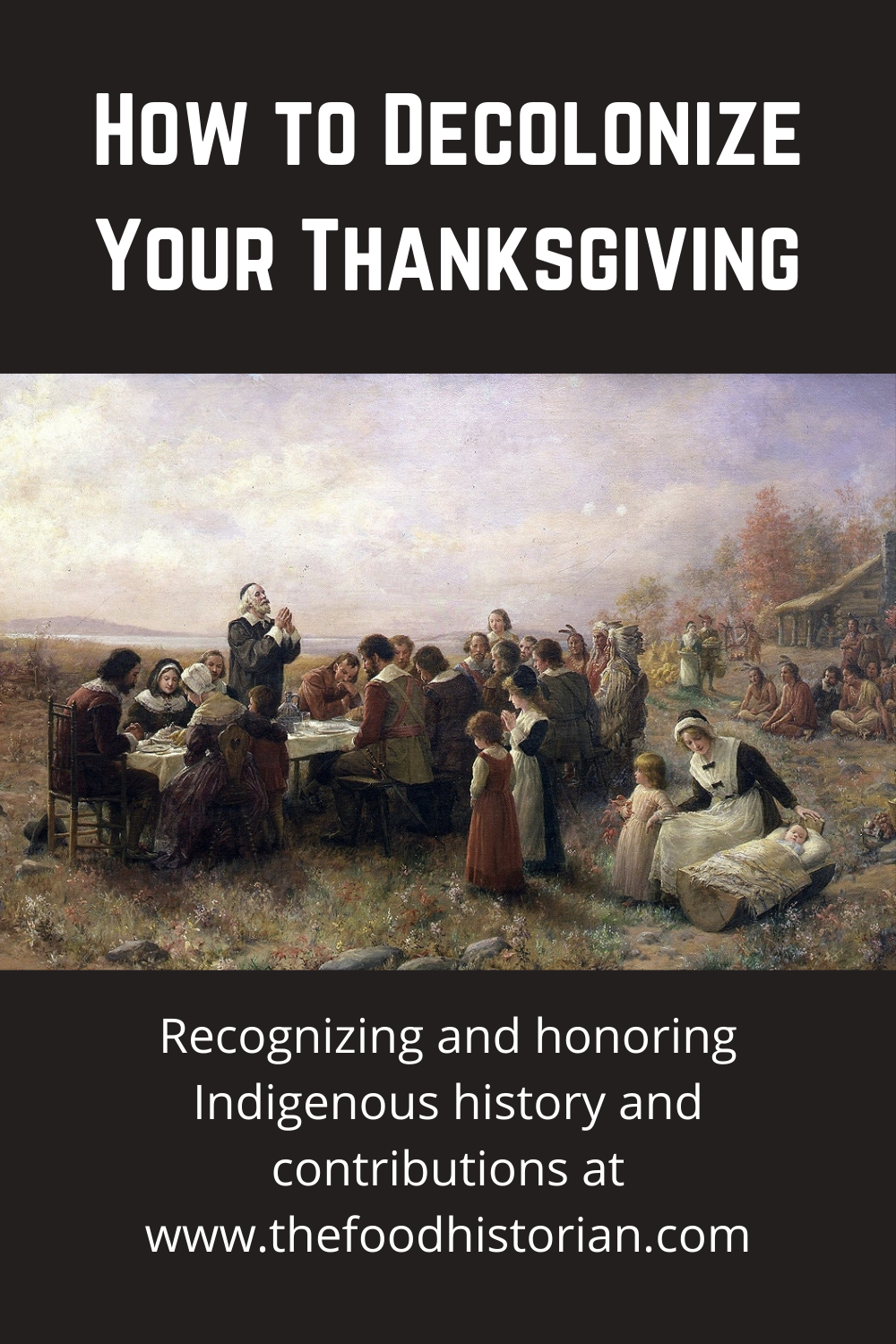
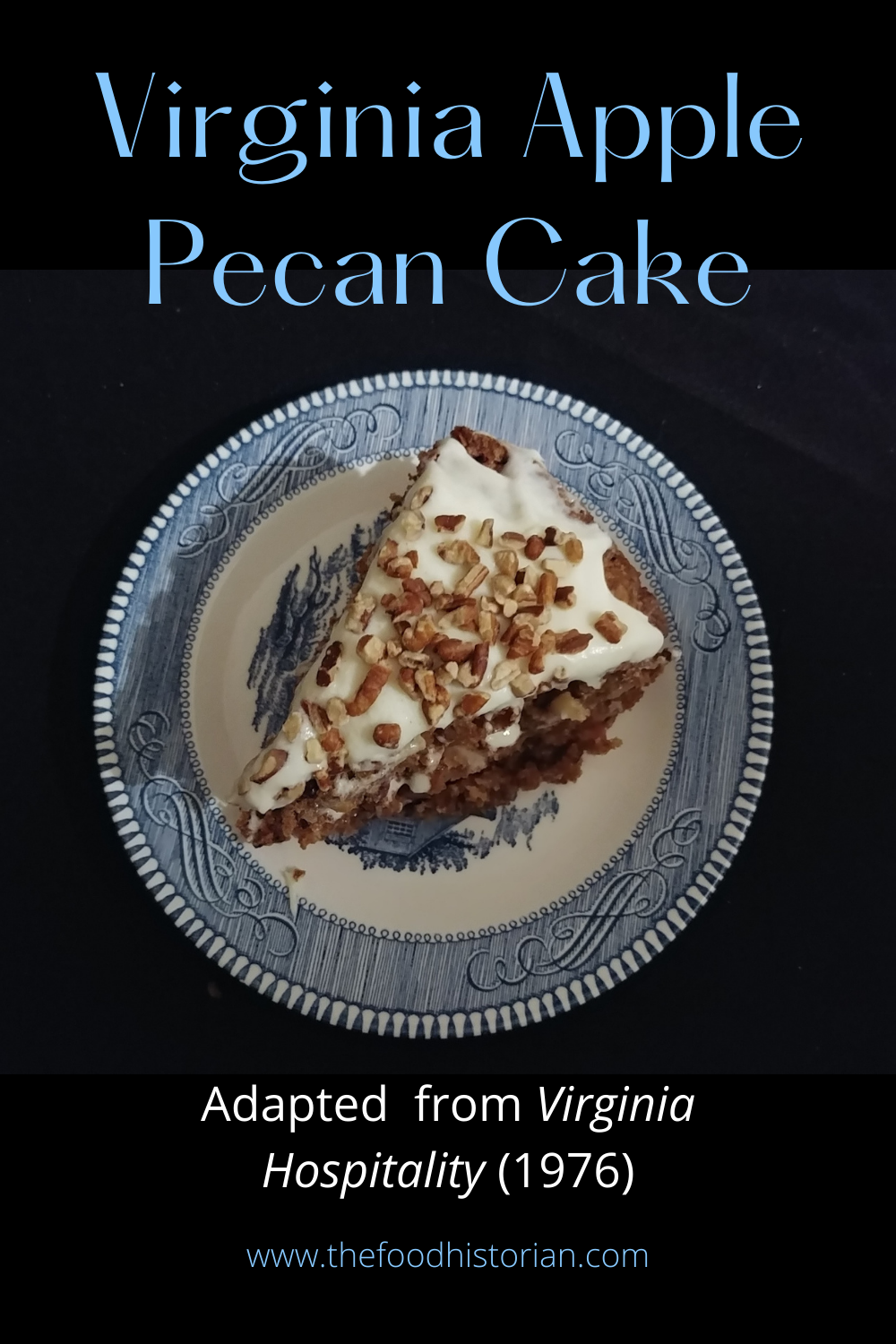
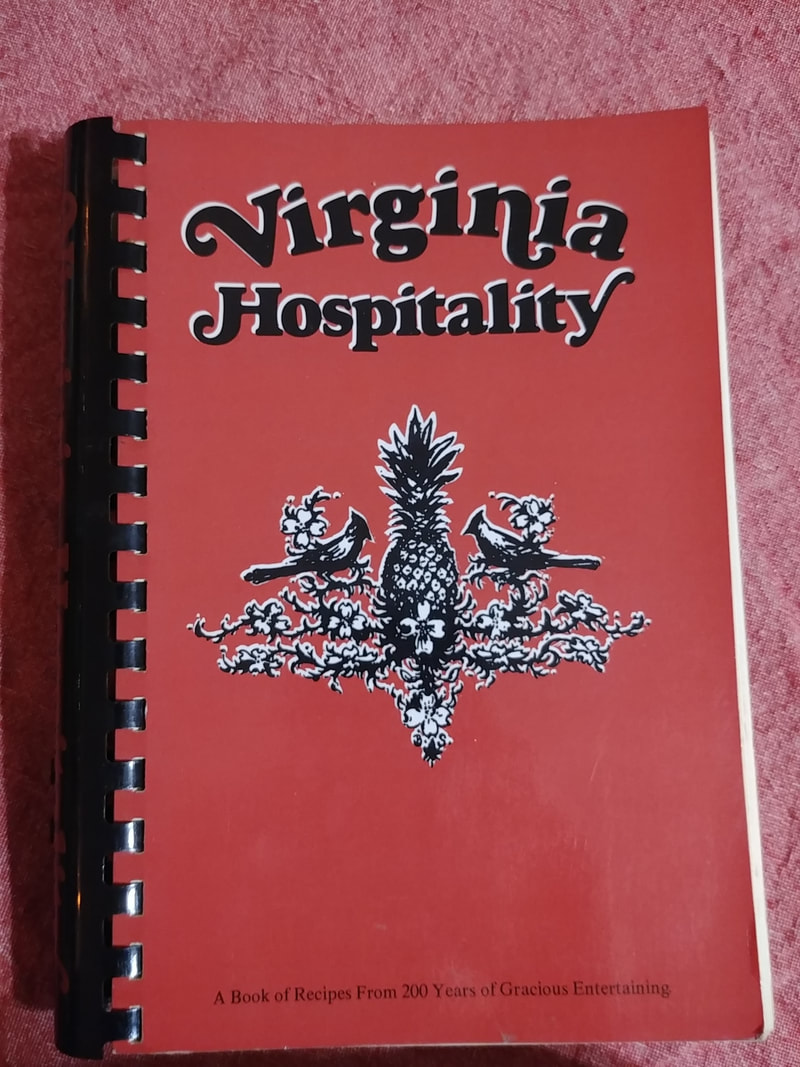
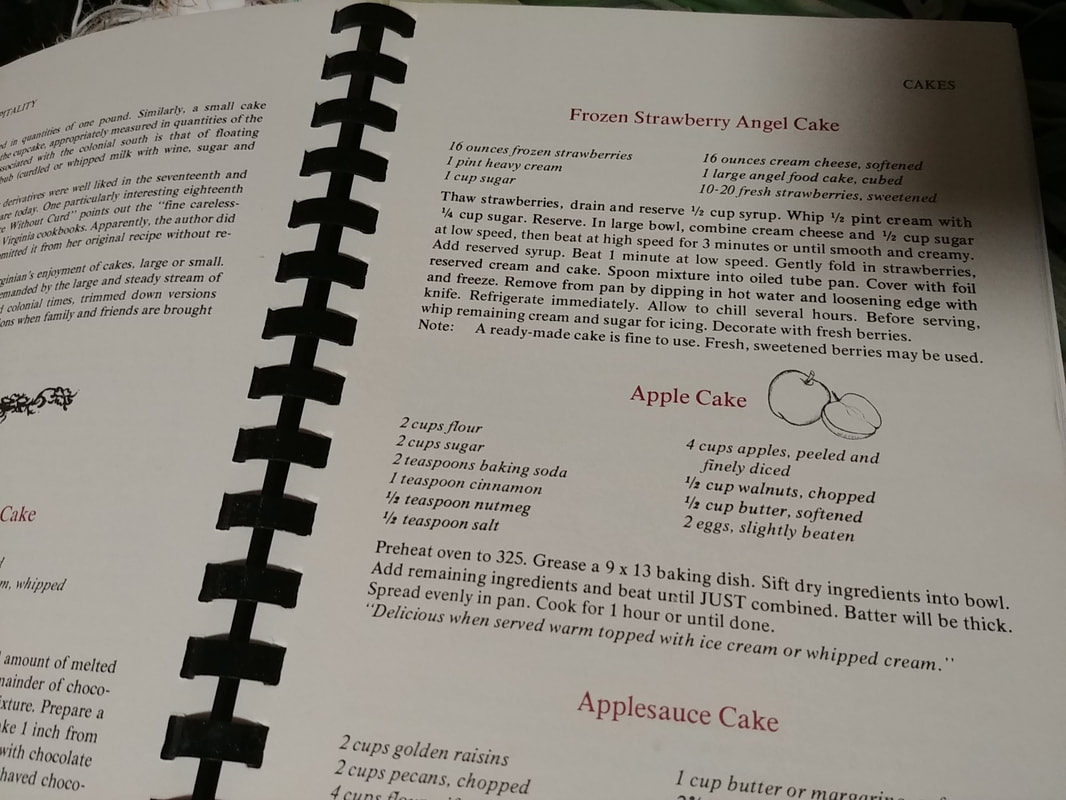
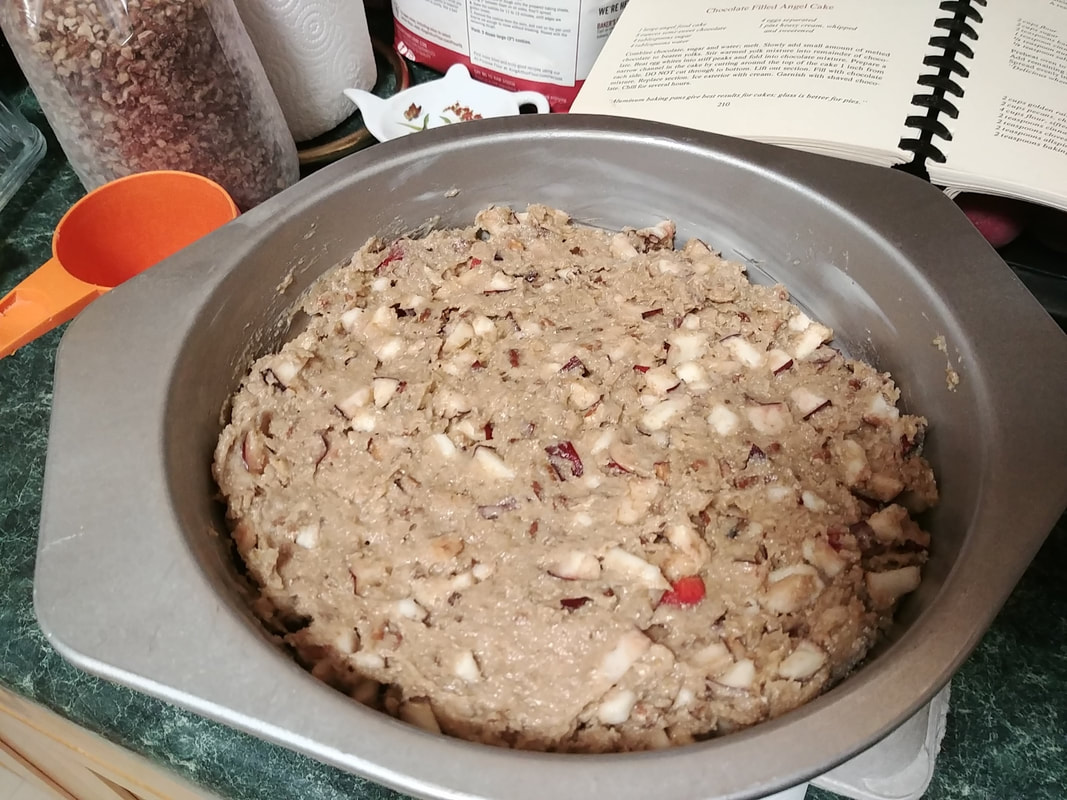
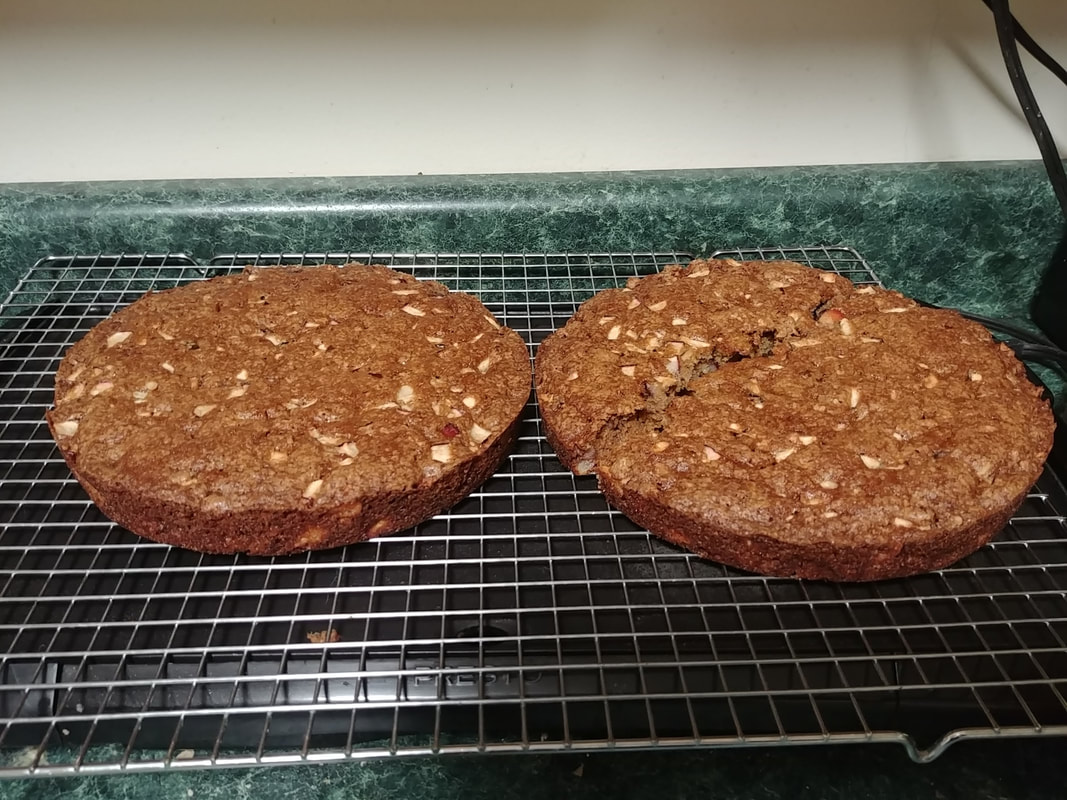
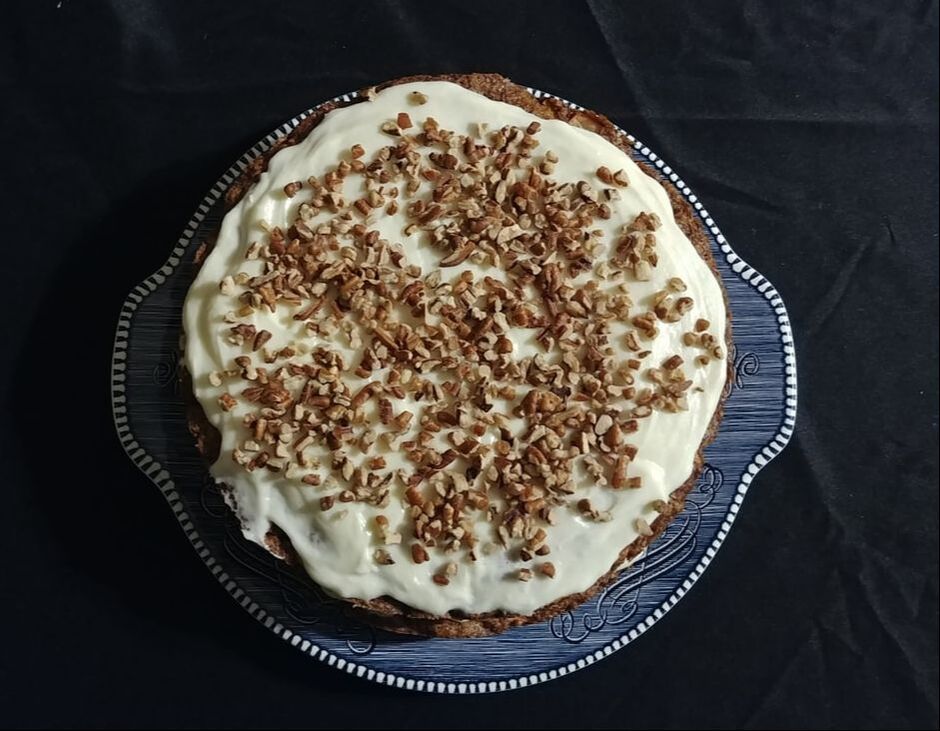
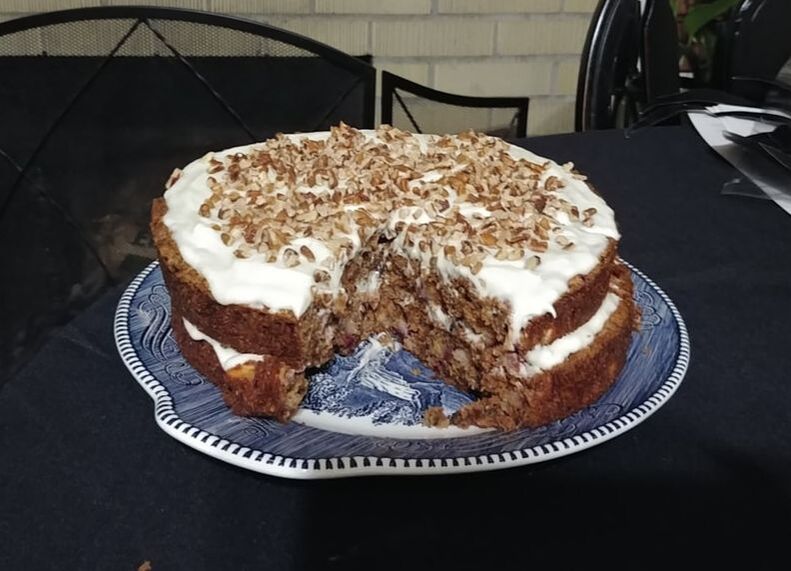
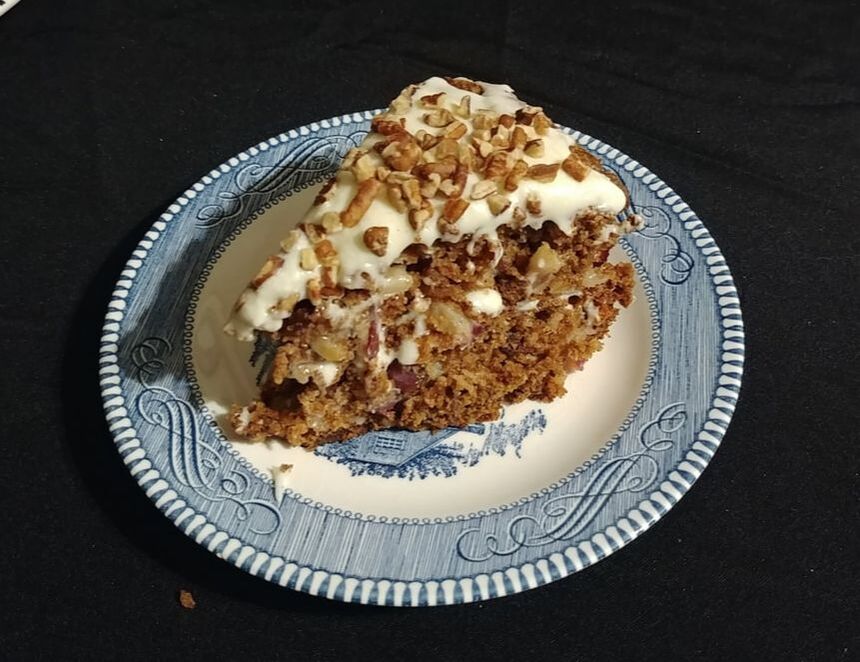
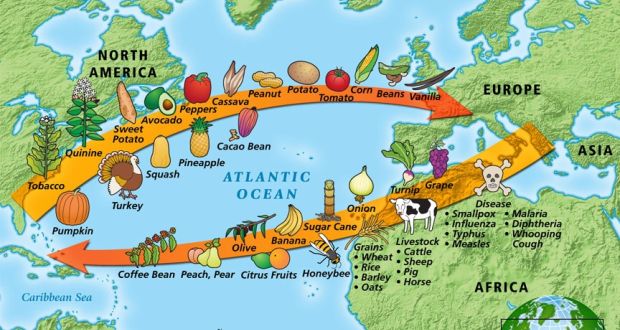
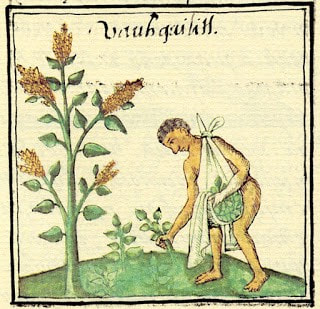
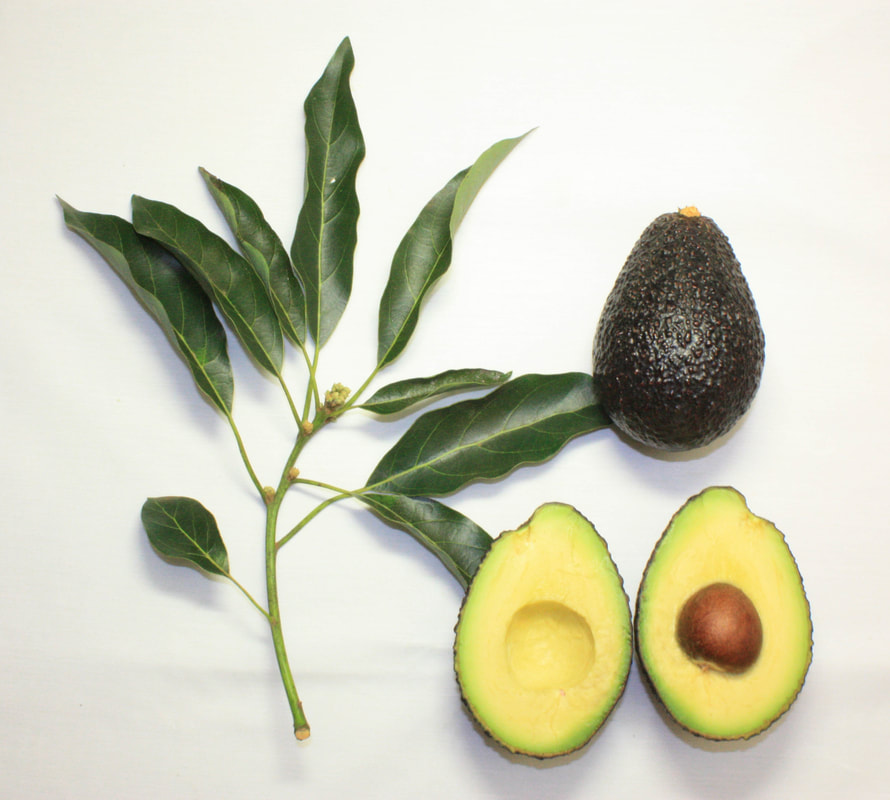
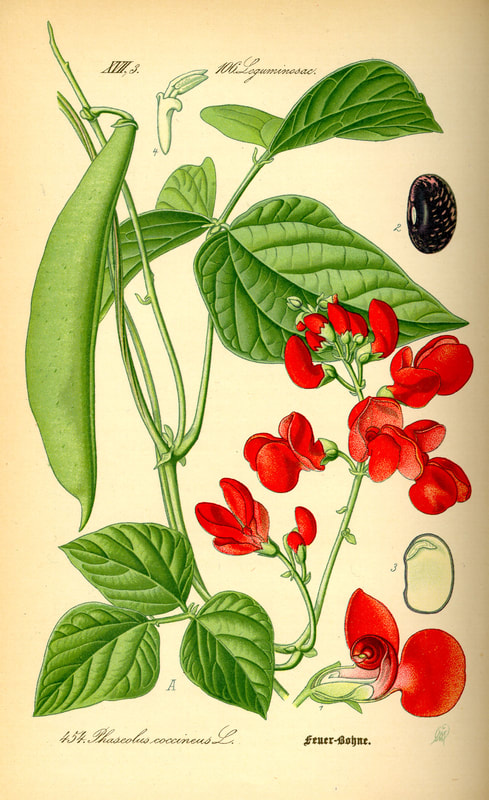
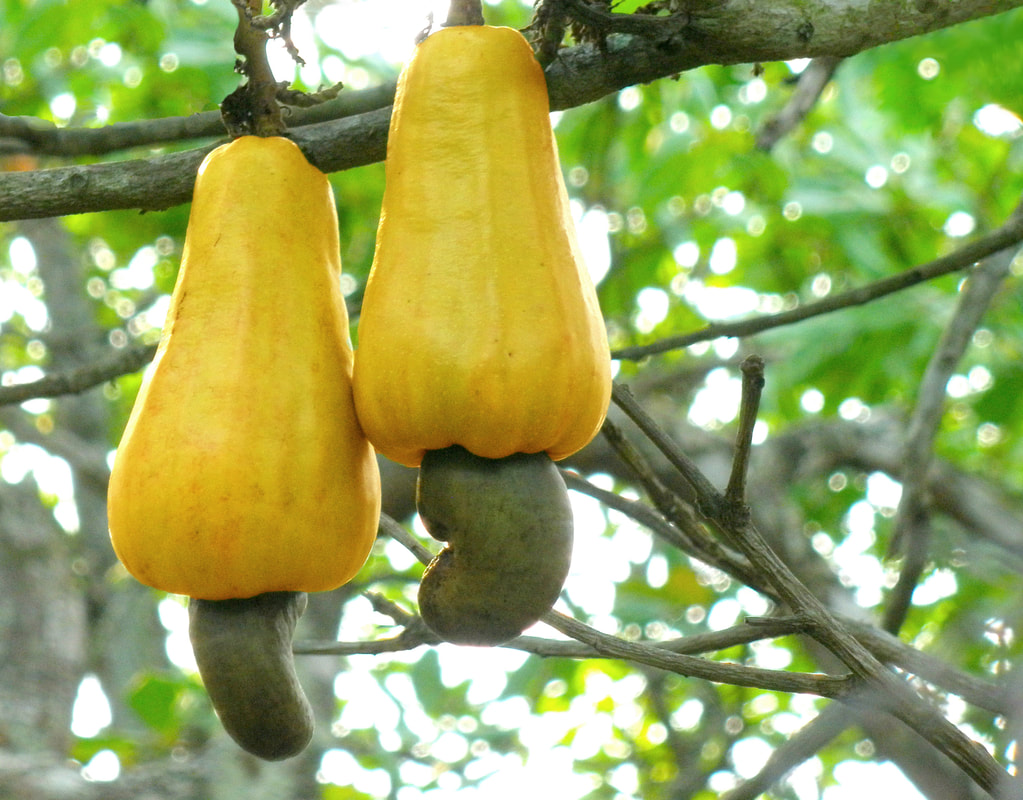
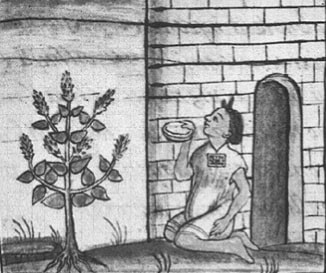
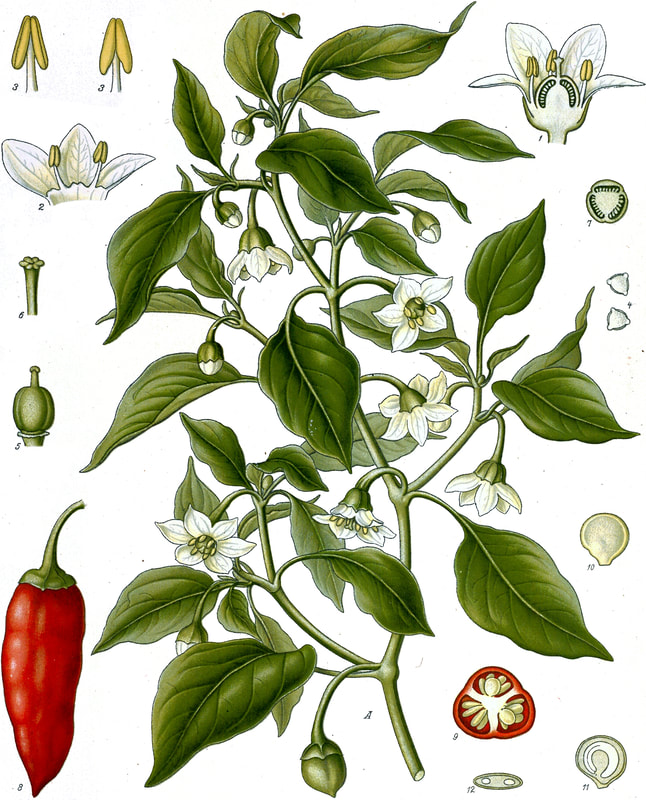
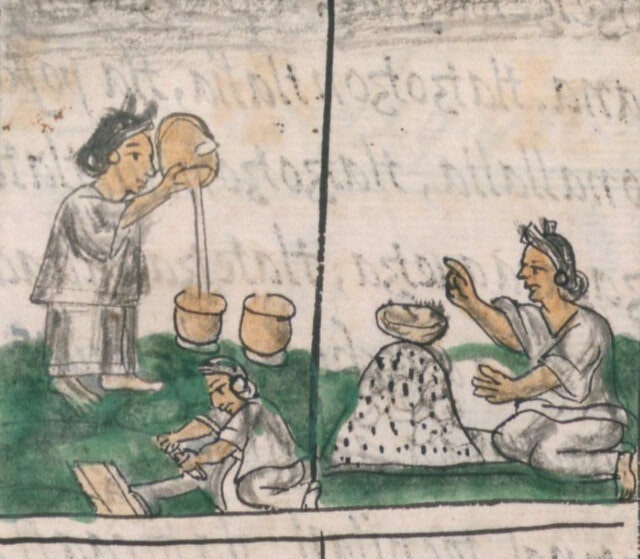
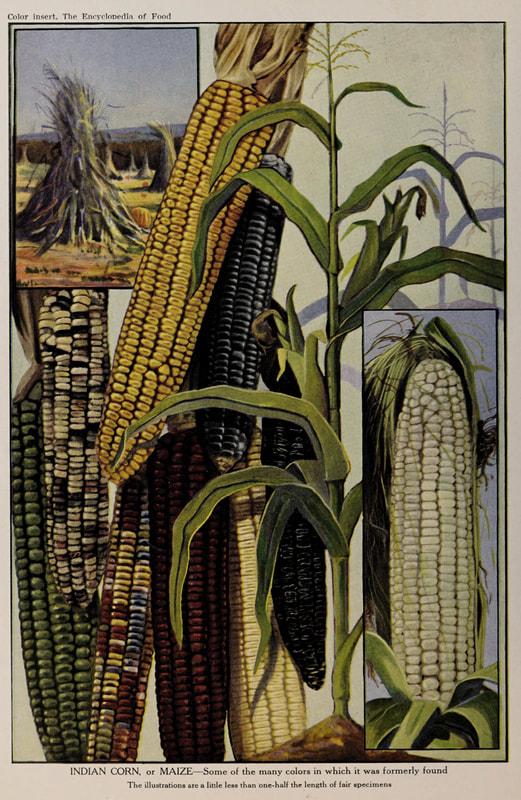
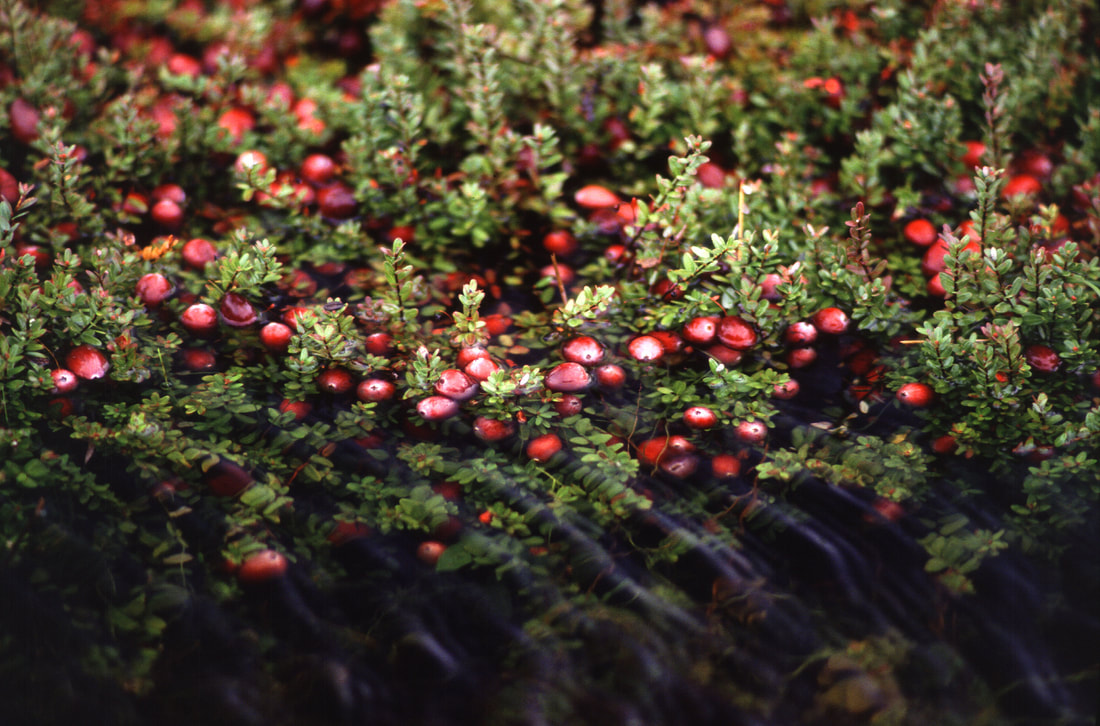
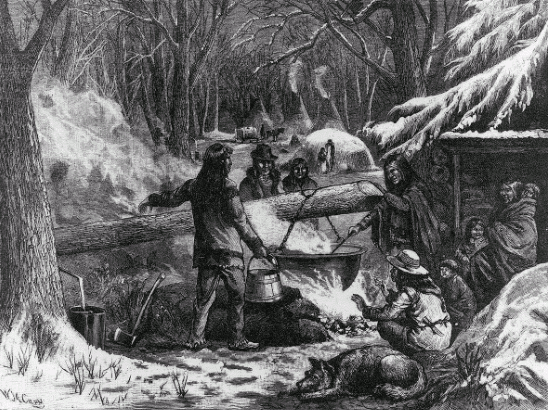
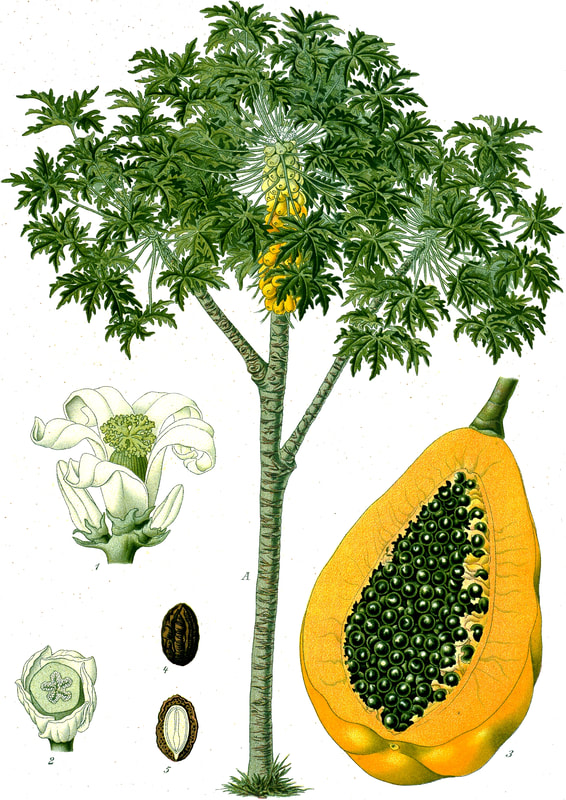
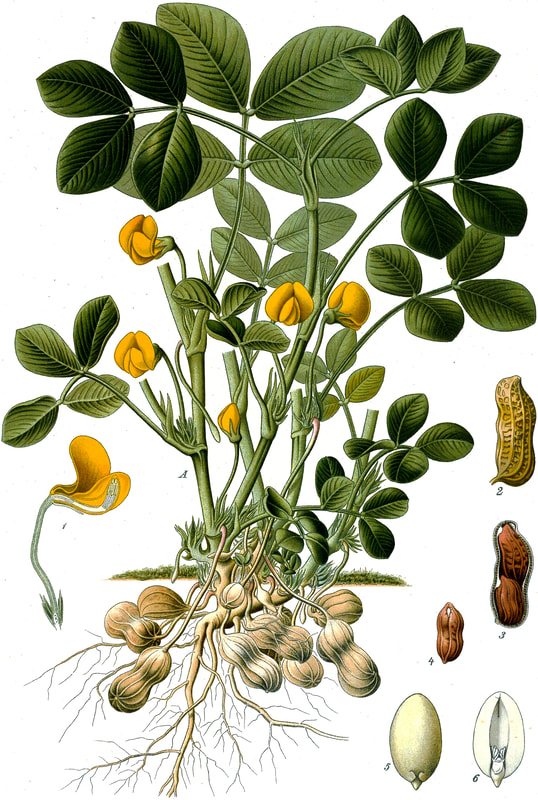
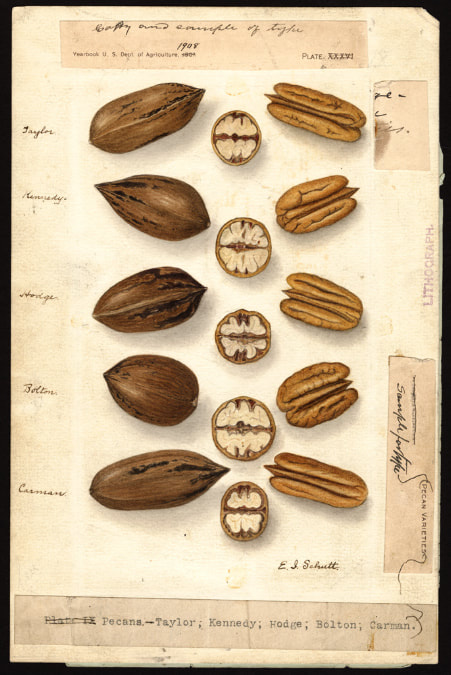
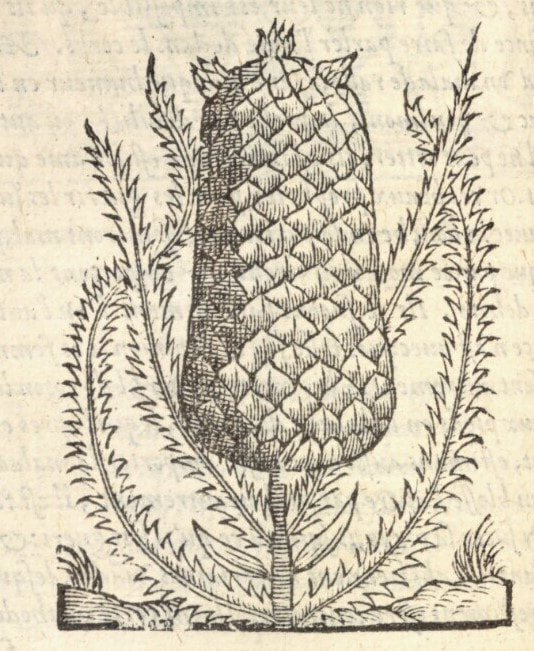
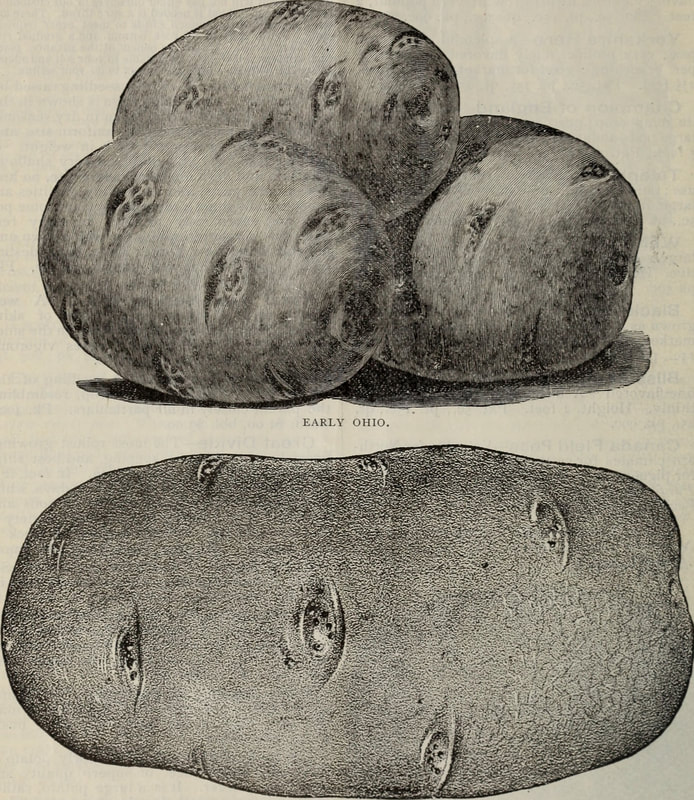
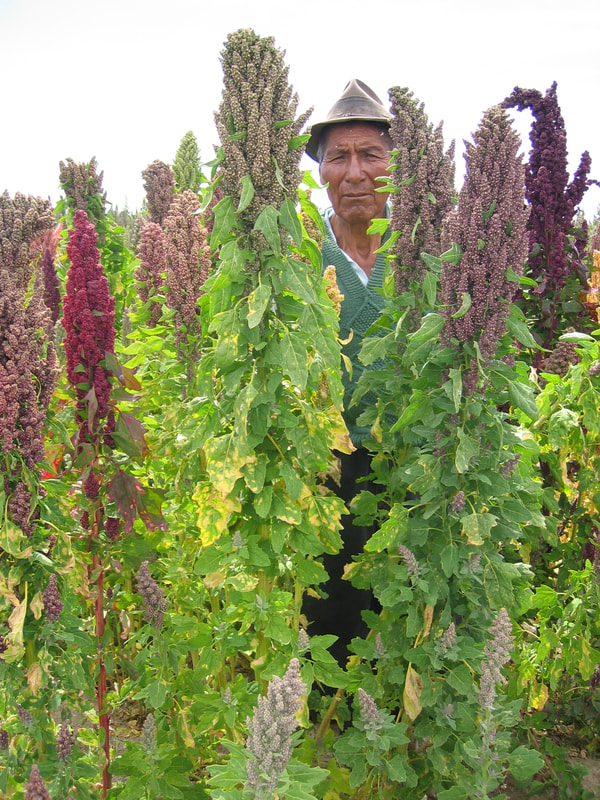
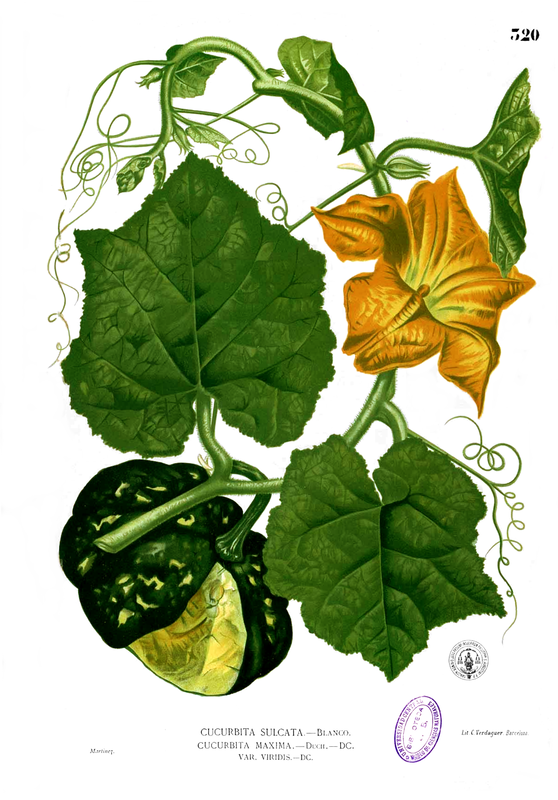
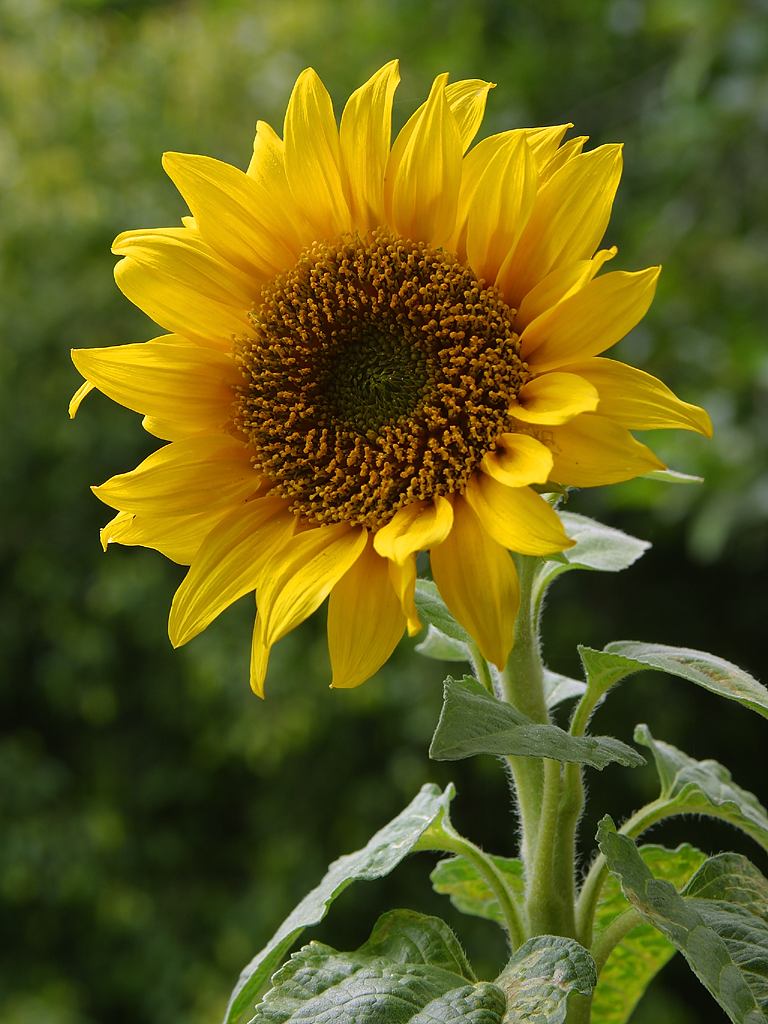
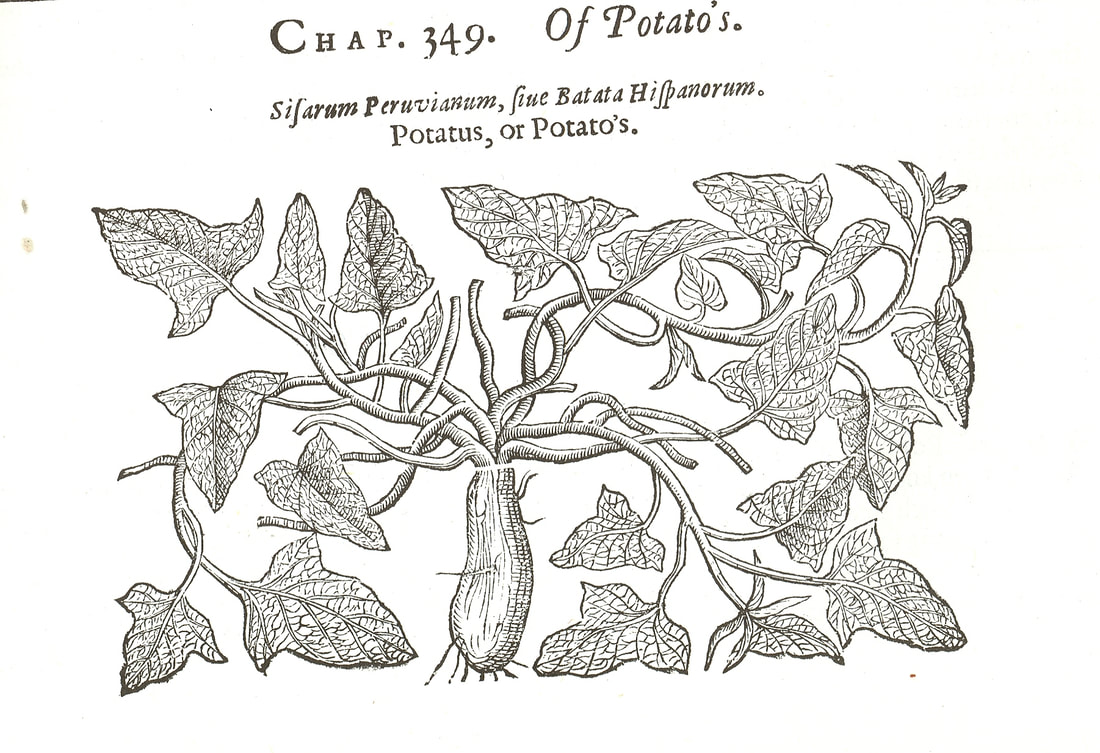
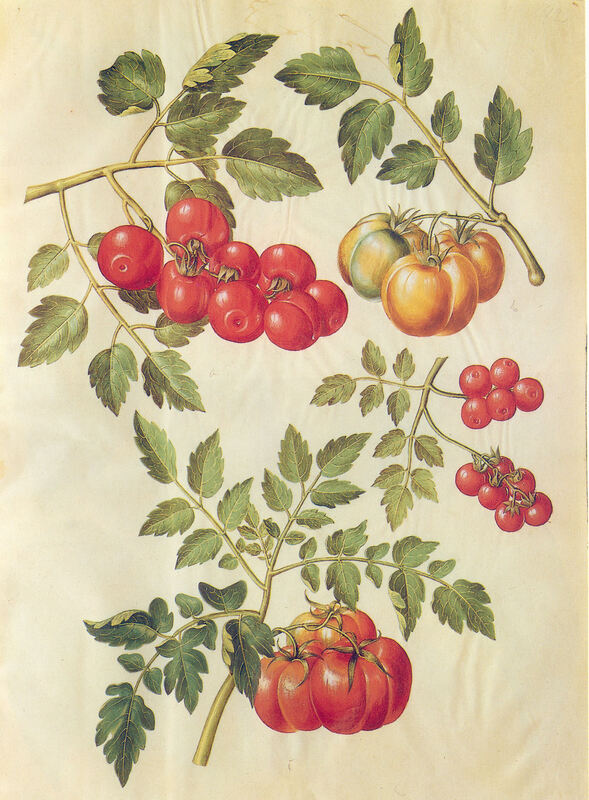
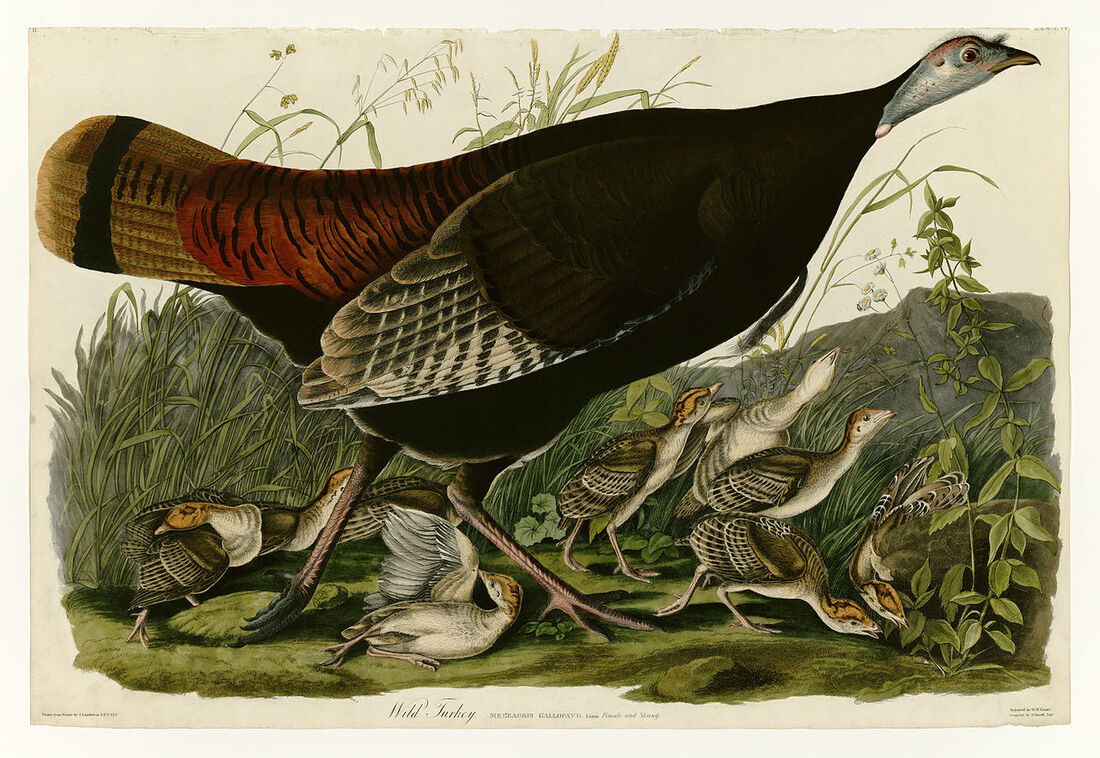
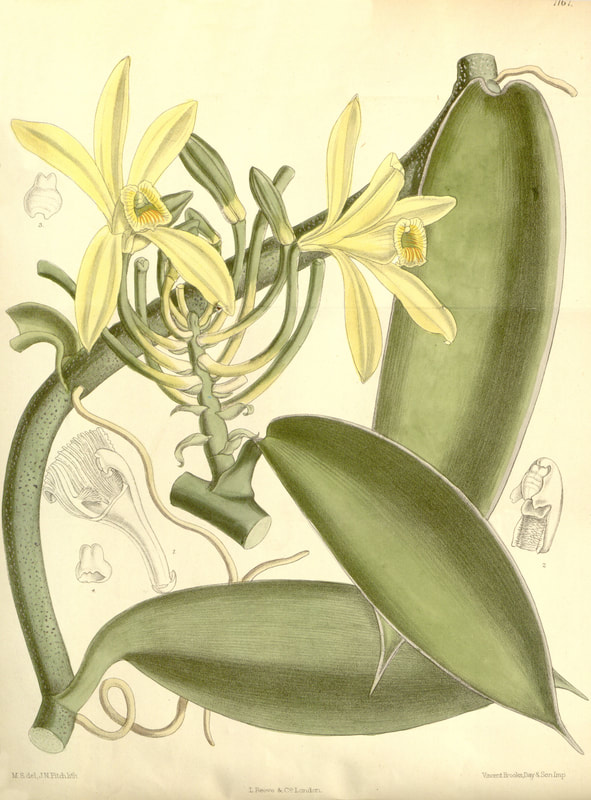
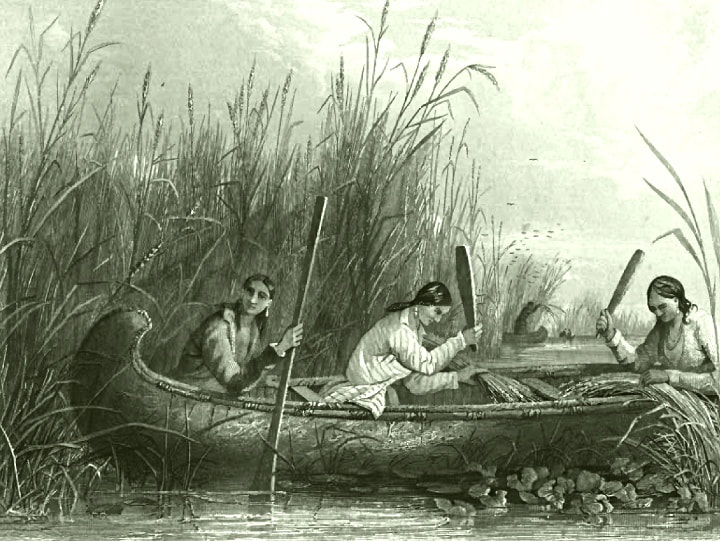
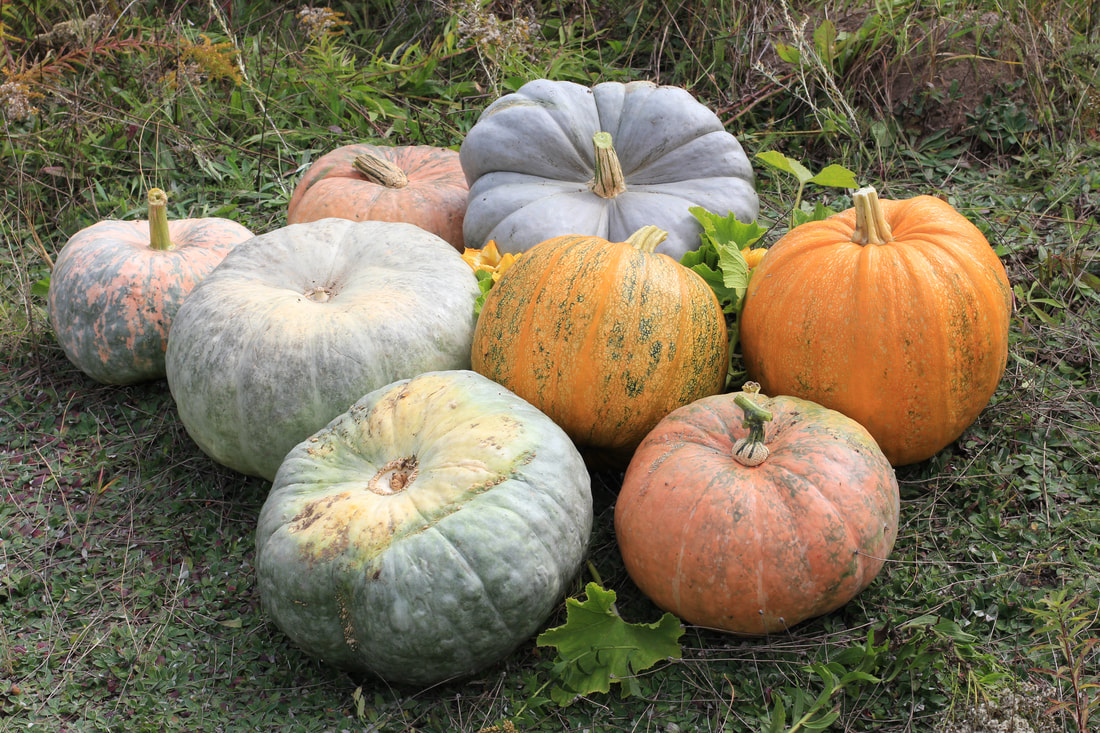
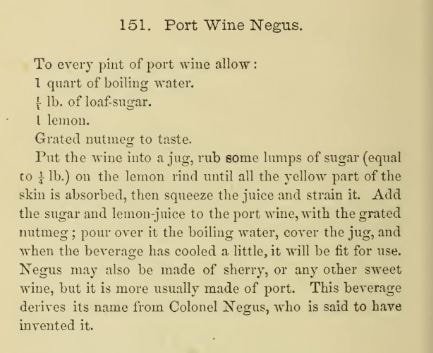

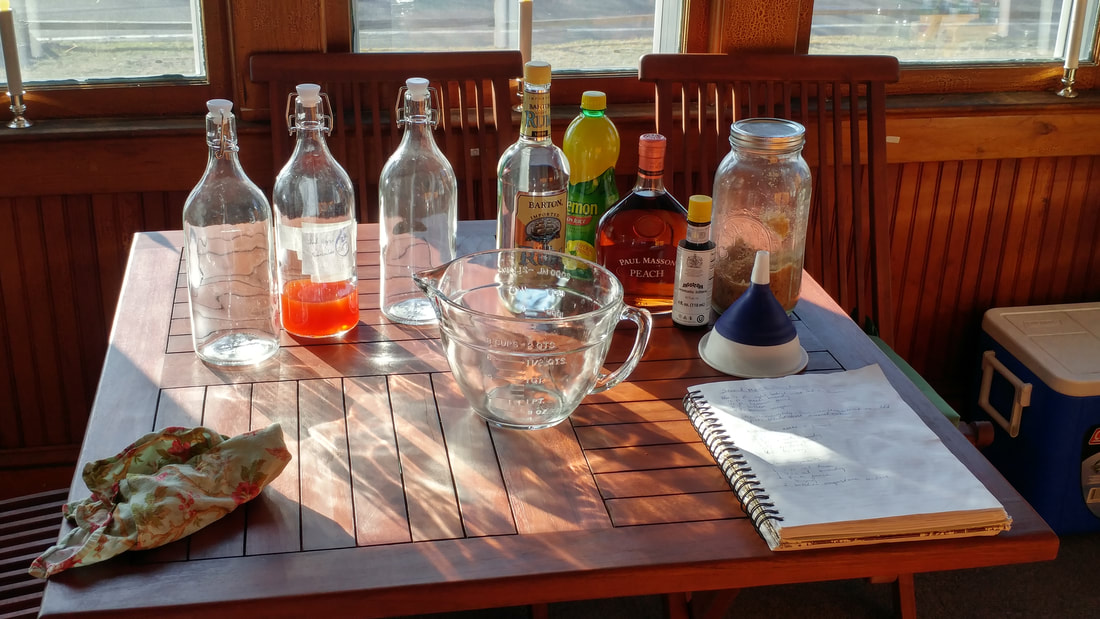
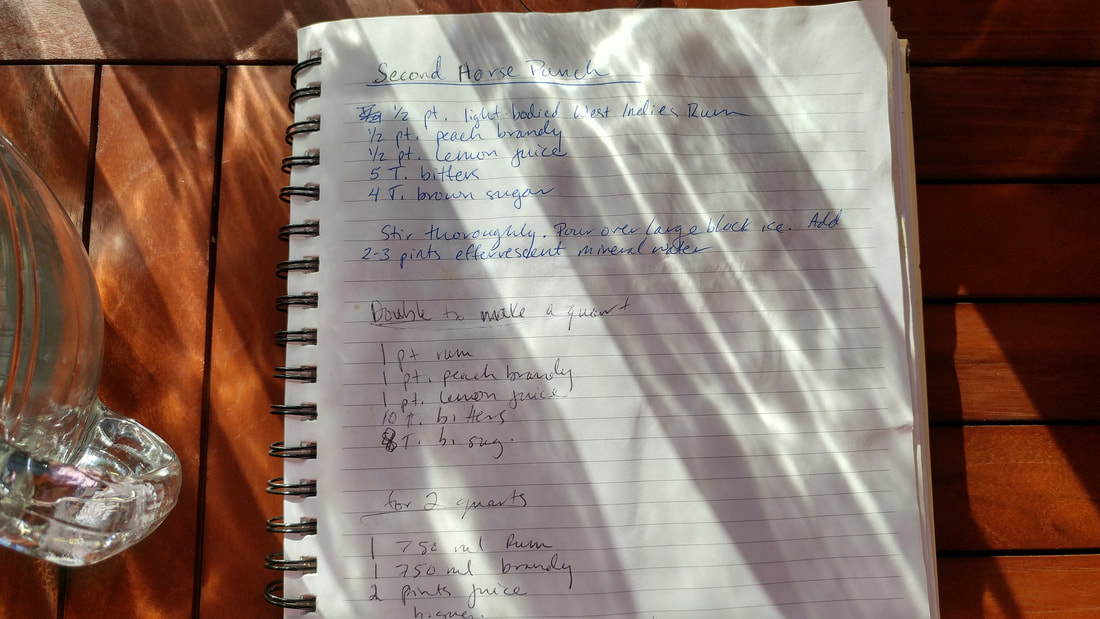
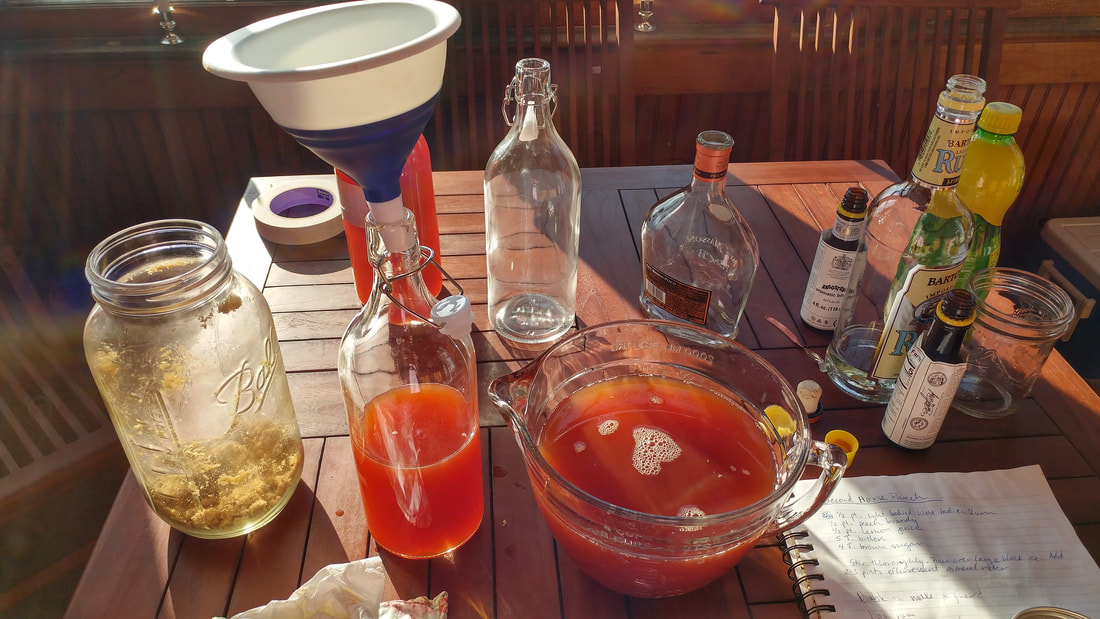
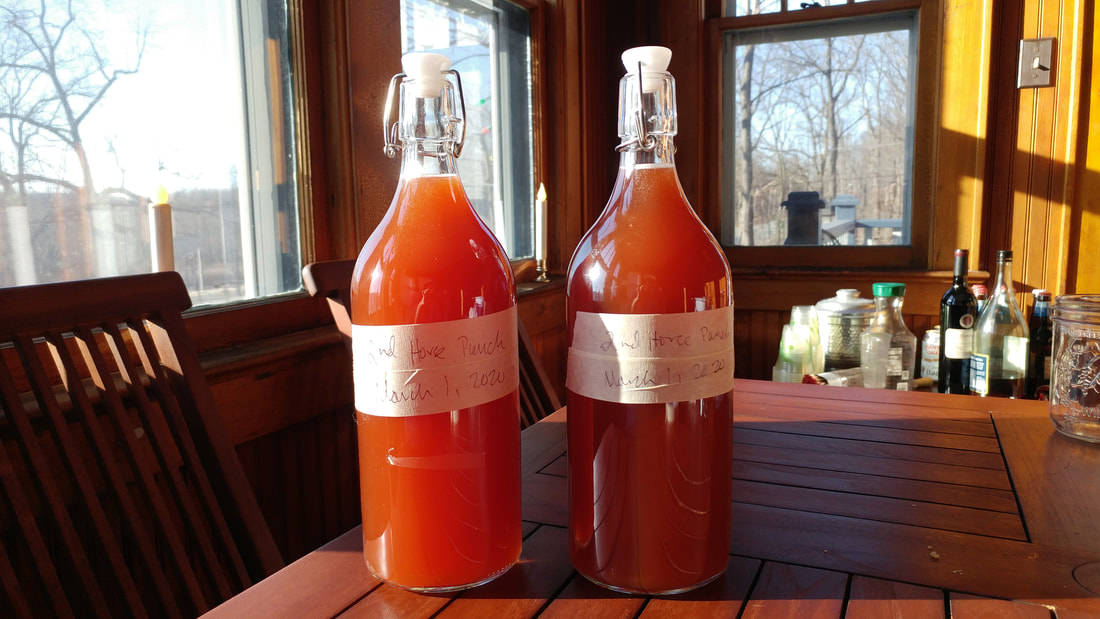
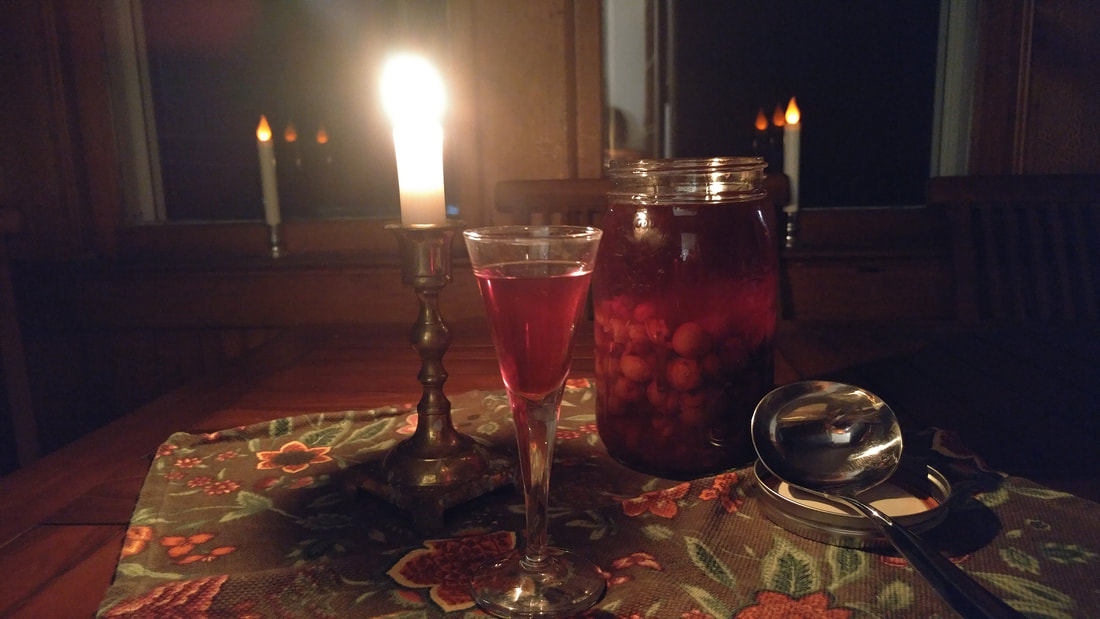
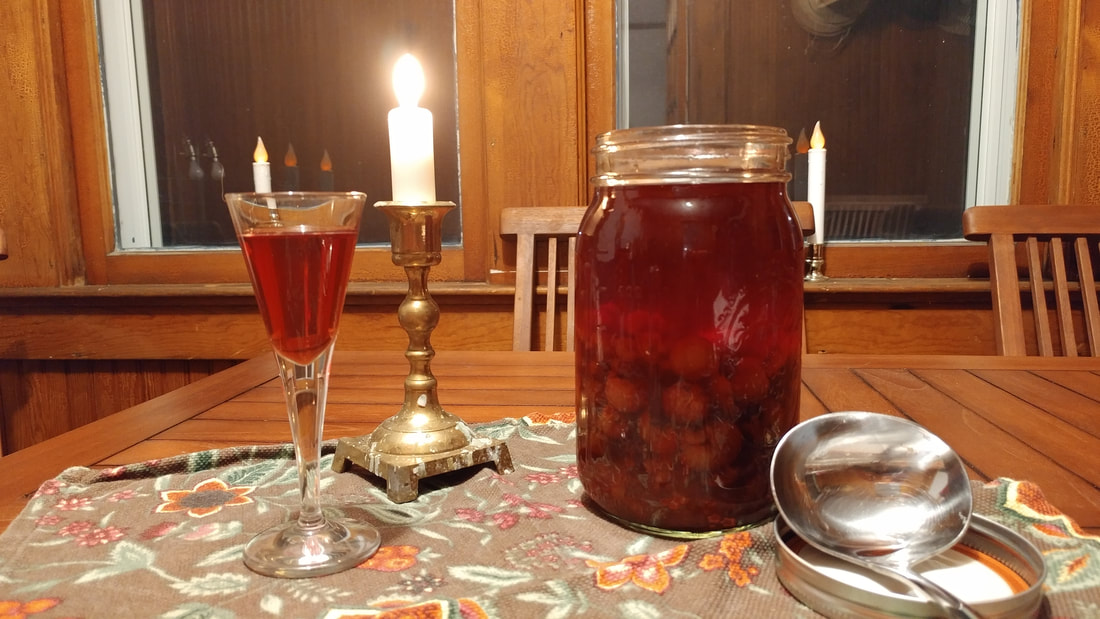
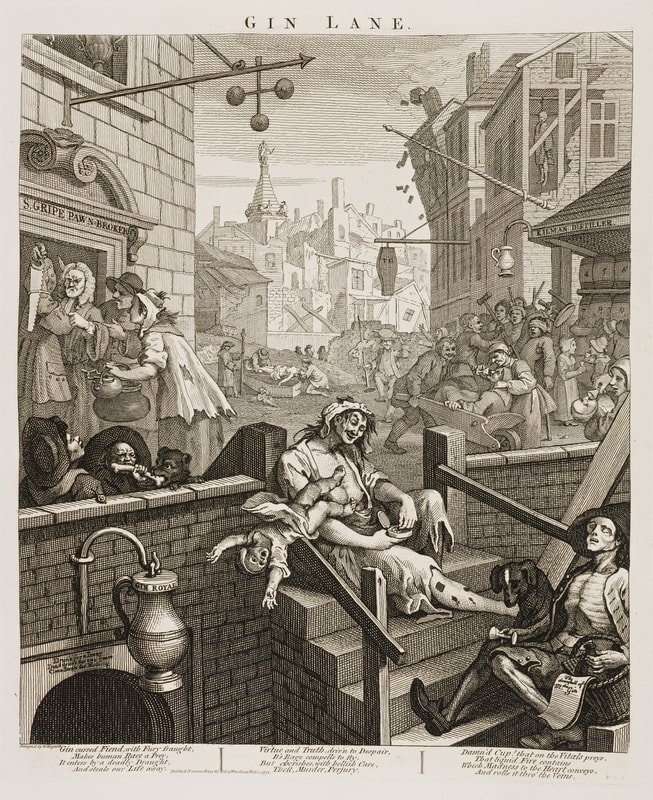
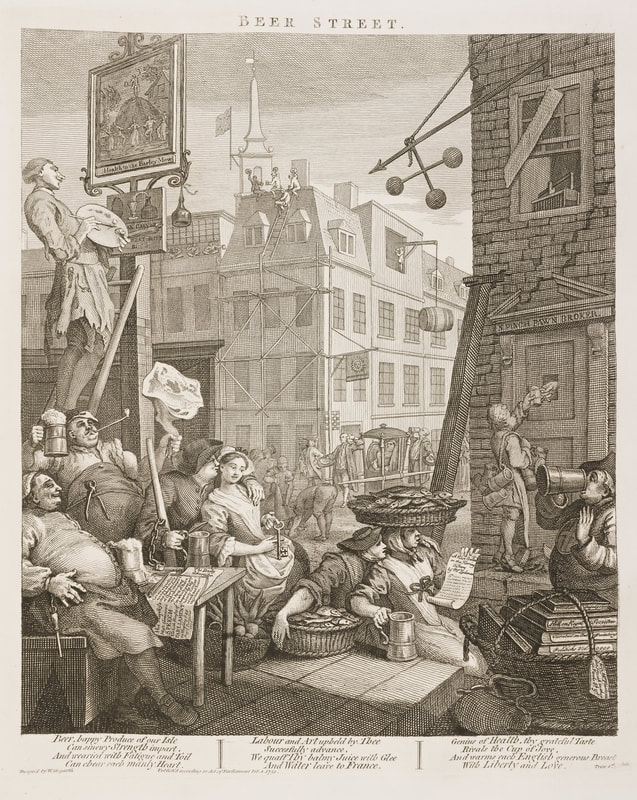
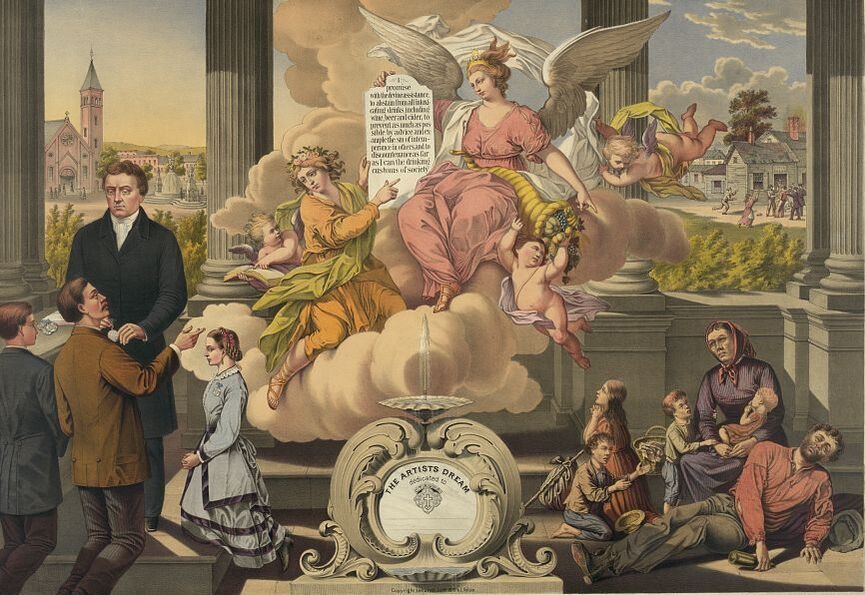
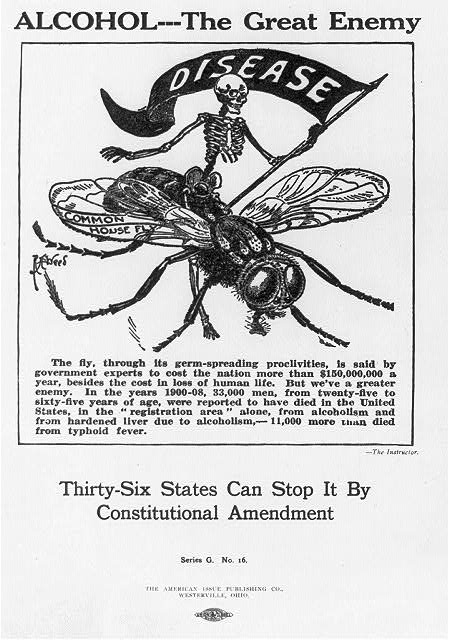
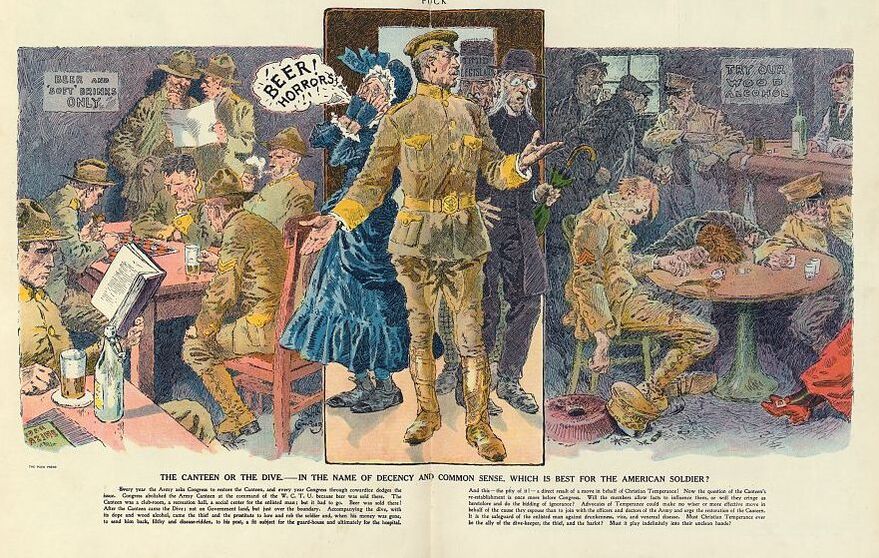
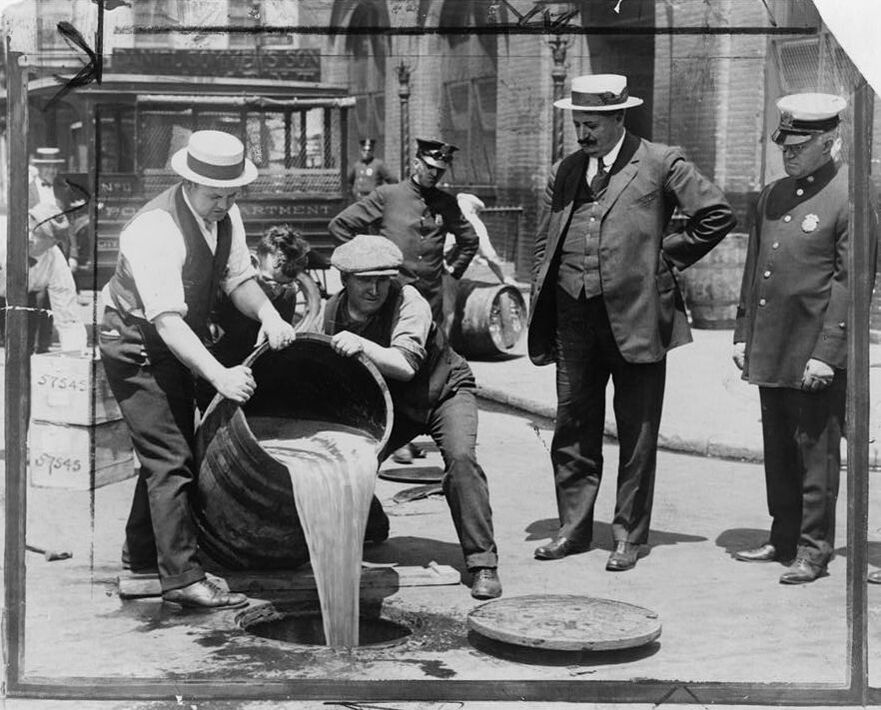
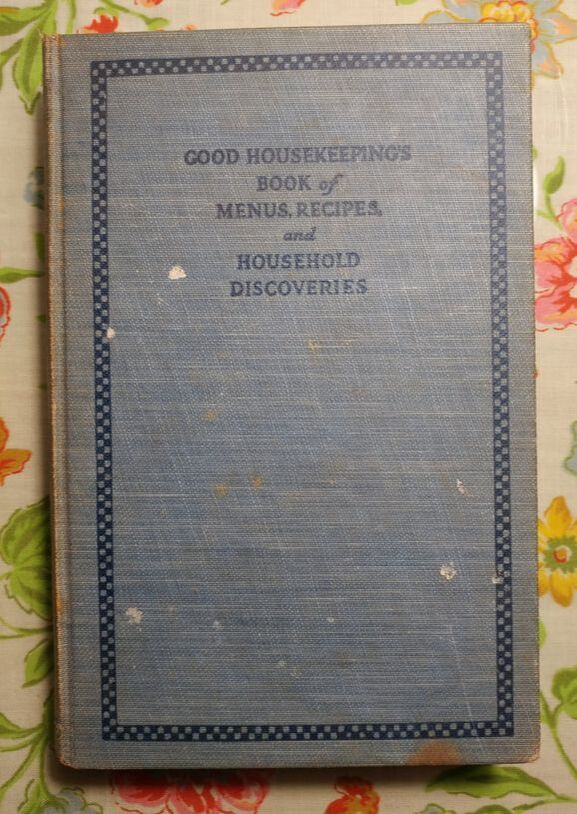
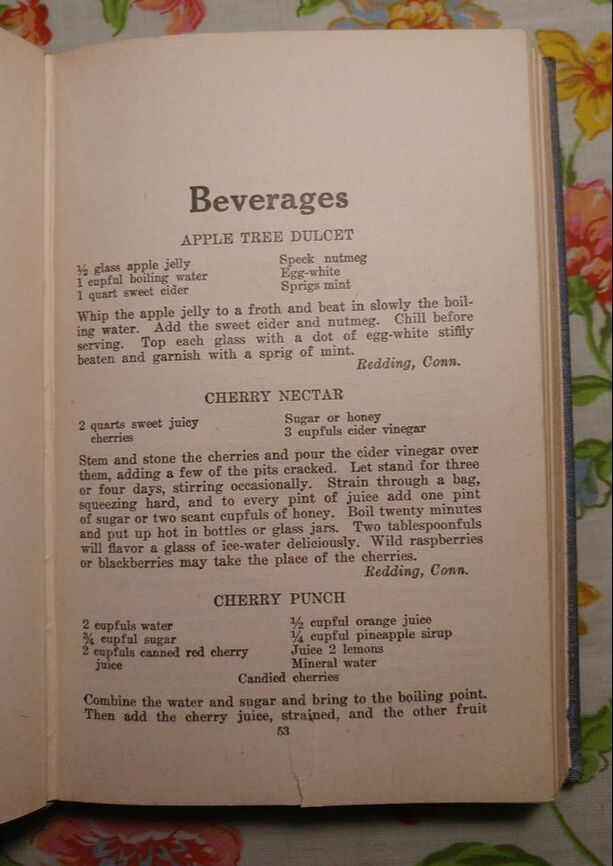
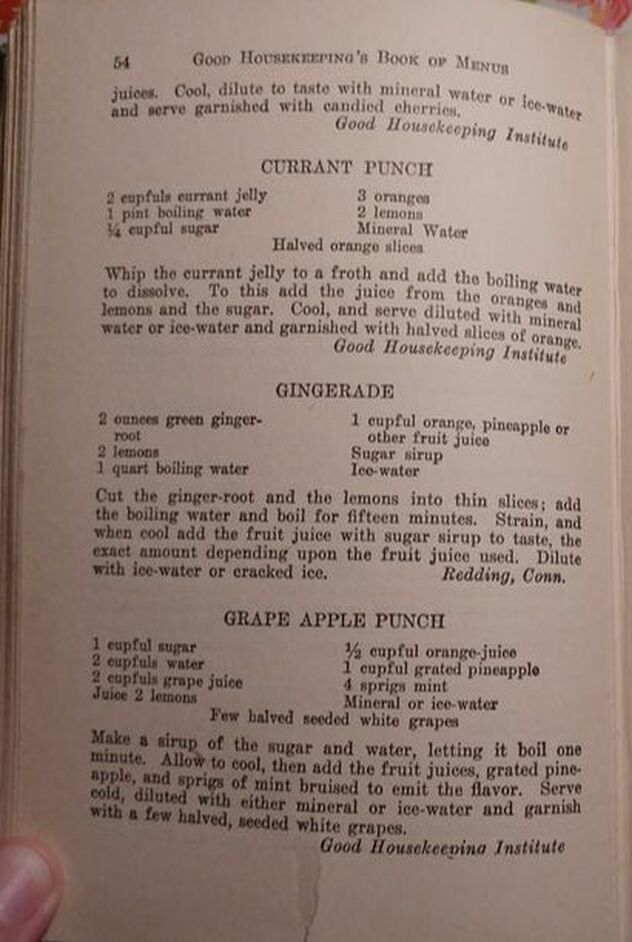
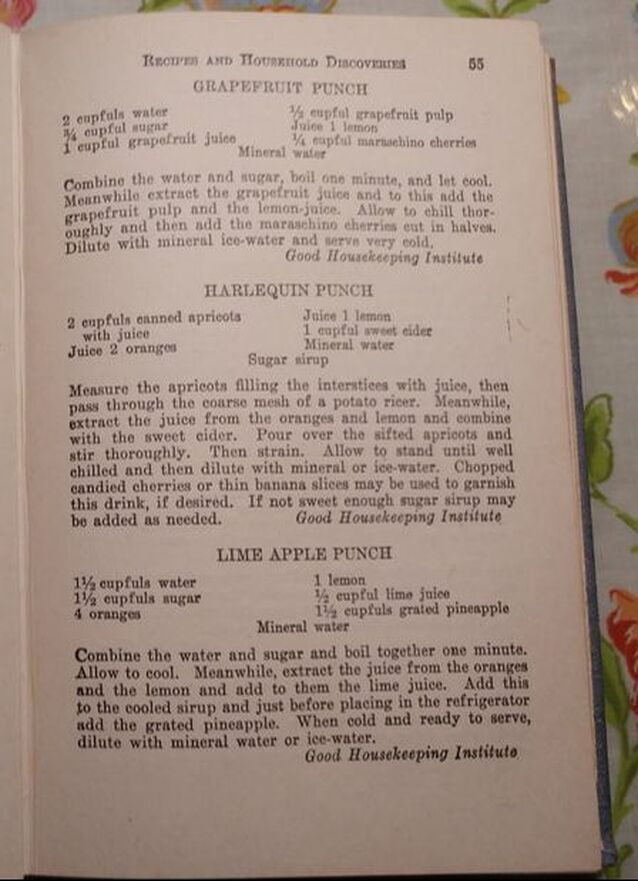
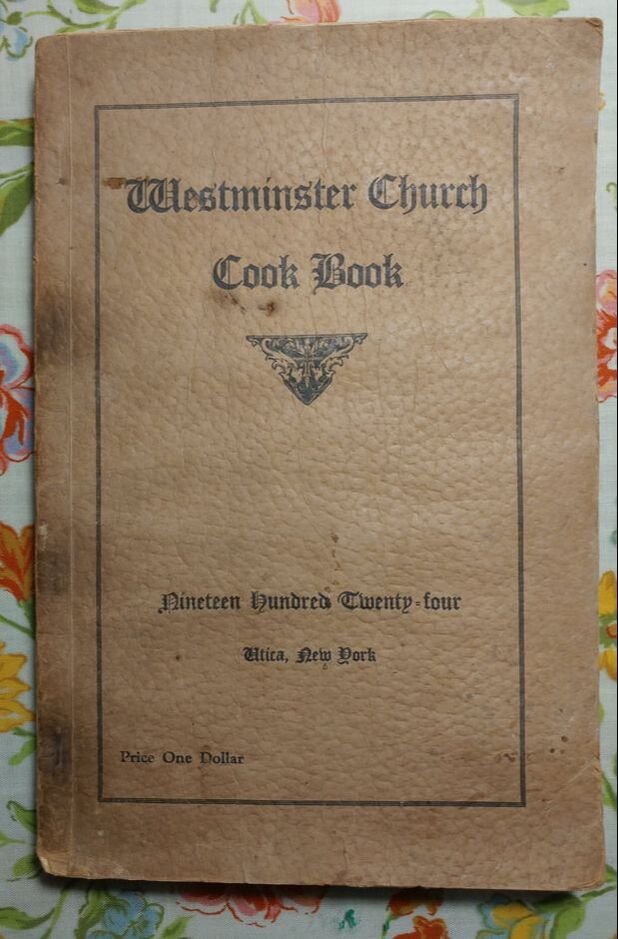
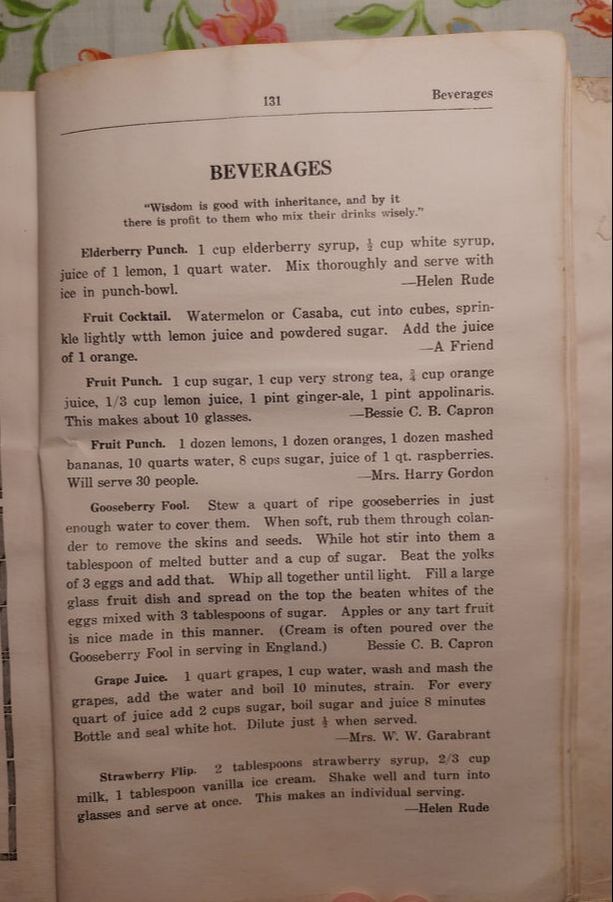
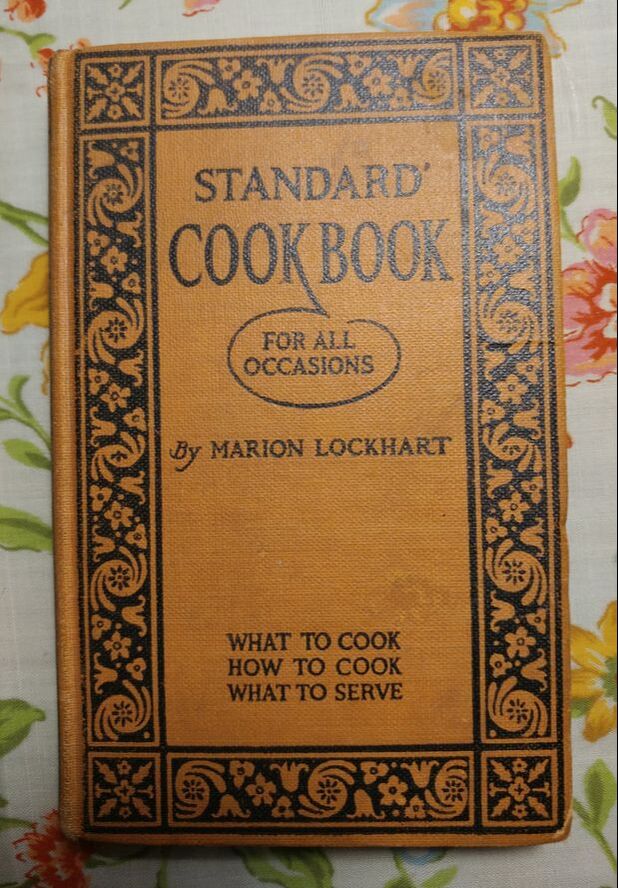
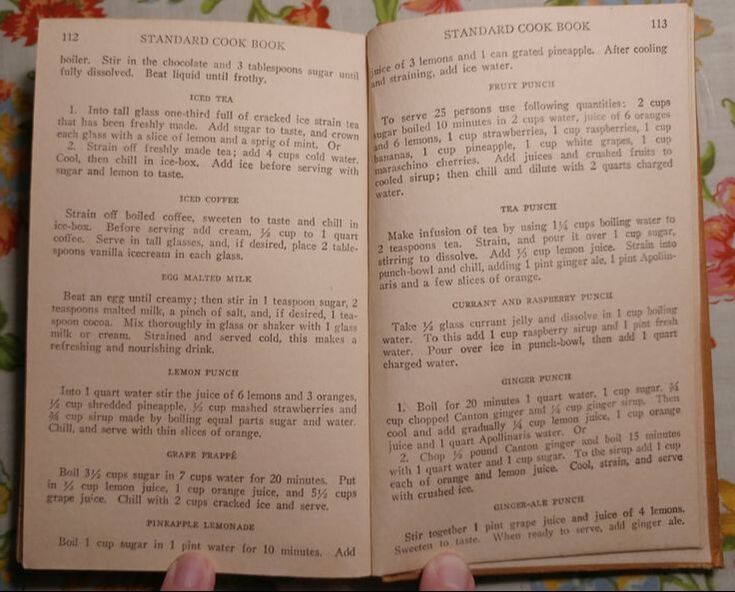
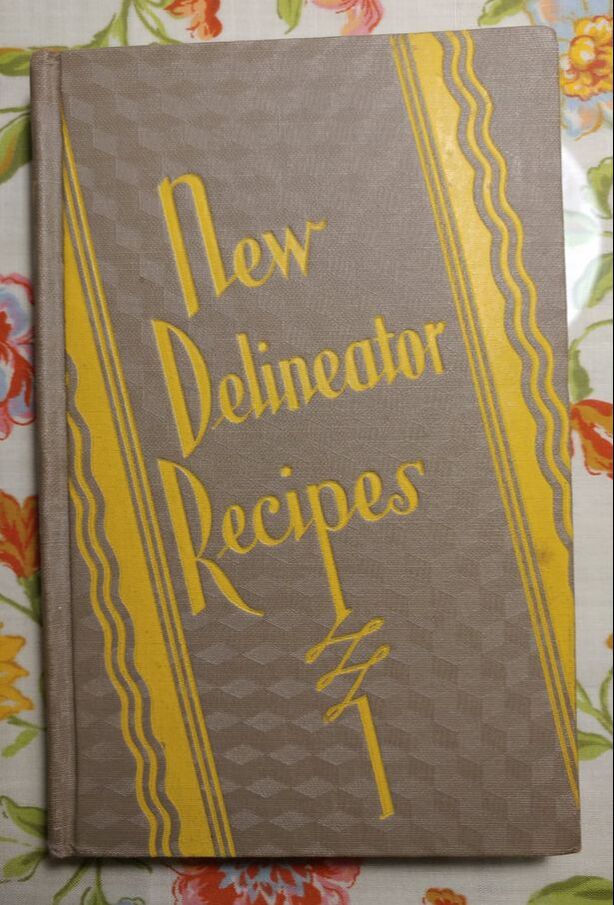
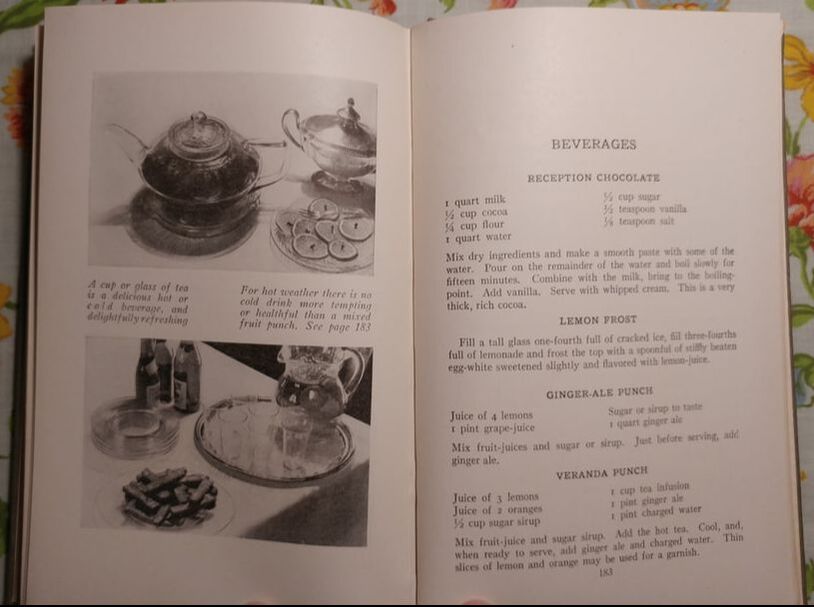
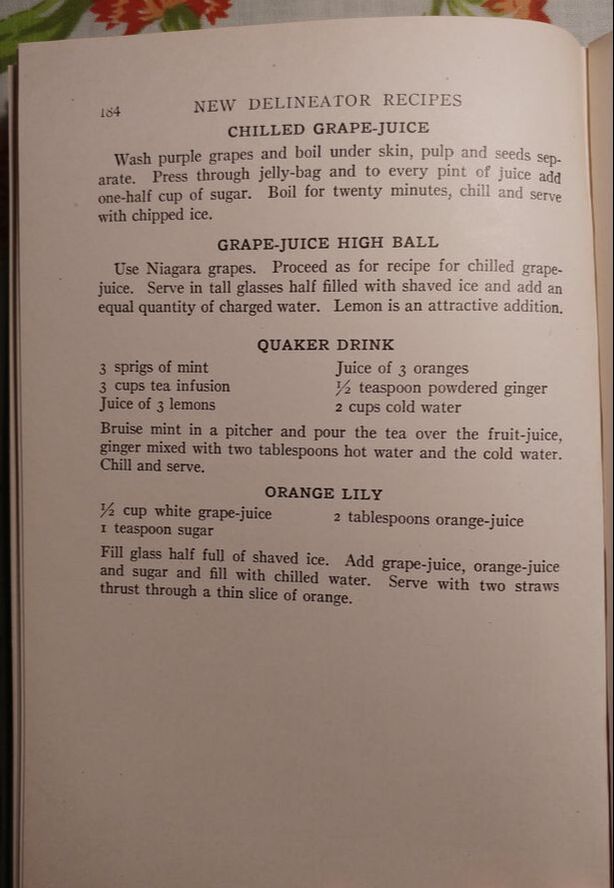

 RSS Feed
RSS Feed